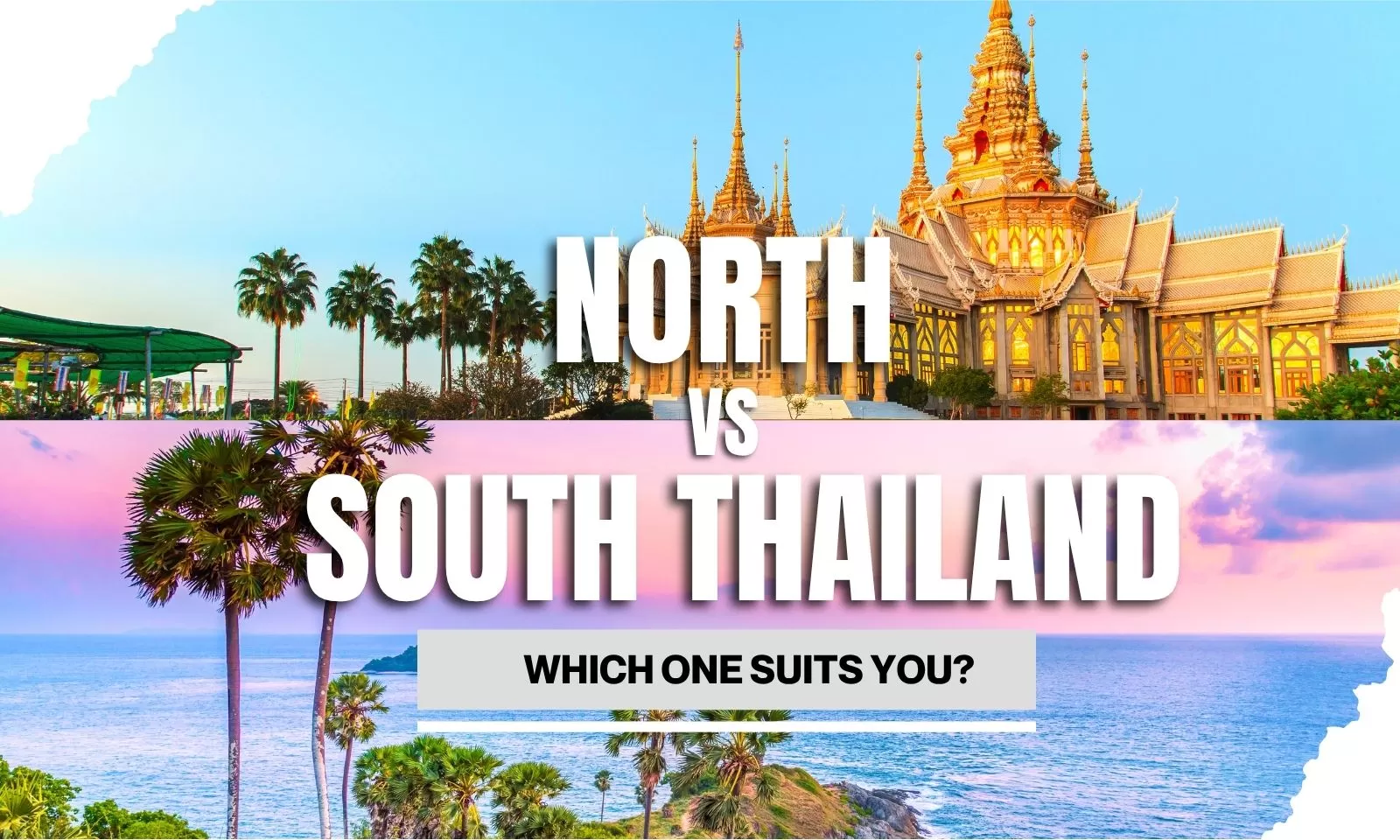
North vs South Thailand: Which one suits you?
North vs South Thailand reveals two sides of the country - the North charms with peaceful temples, green mountains and rich culture, while the South captivates with golden beaches, turquoise waters and a tropical vibe. Let’s discover which region suits your travel style in this article.

Many travelers find themselves asking the same question before planning a trip to Thailand - Should I visit the North or the South? Both regions offer unforgettable experiences, yet they couldn’t be more different. Each destination tells a different story, shaped by nature, culture and local life.
Understanding what makes each part of Thailand unique helps travelers plan an experience that truly matches their style. So how do you decide which side of Thailand is right for your dream adventure?
Hanoi Voyages will compare North and South Thailand to help you choose the region that best fits your travel style and create a journey filled with unforgettable experiences.
Table of Contents
- Is North Thailand or South Thailand better to visit?
- Best time to visit North vs South Thailand
- Things to do and see in North vs South Thailand
- Festivals in North vs South Thailand
- Food and culinary experiences in North vs South Thailand
- Travel costs in North vs South Thailand
- North vs South Thailand: Quick comparison
- FAQs: North vs South Thailand
Is North Thailand or South Thailand better to visit?
When comparing North vs South Thailand, the choice depends on what you value most. The North offers culture, temples and mountains at a lower cost, while the South shines with tropical islands, beaches and lively nightlife.
North Thailand
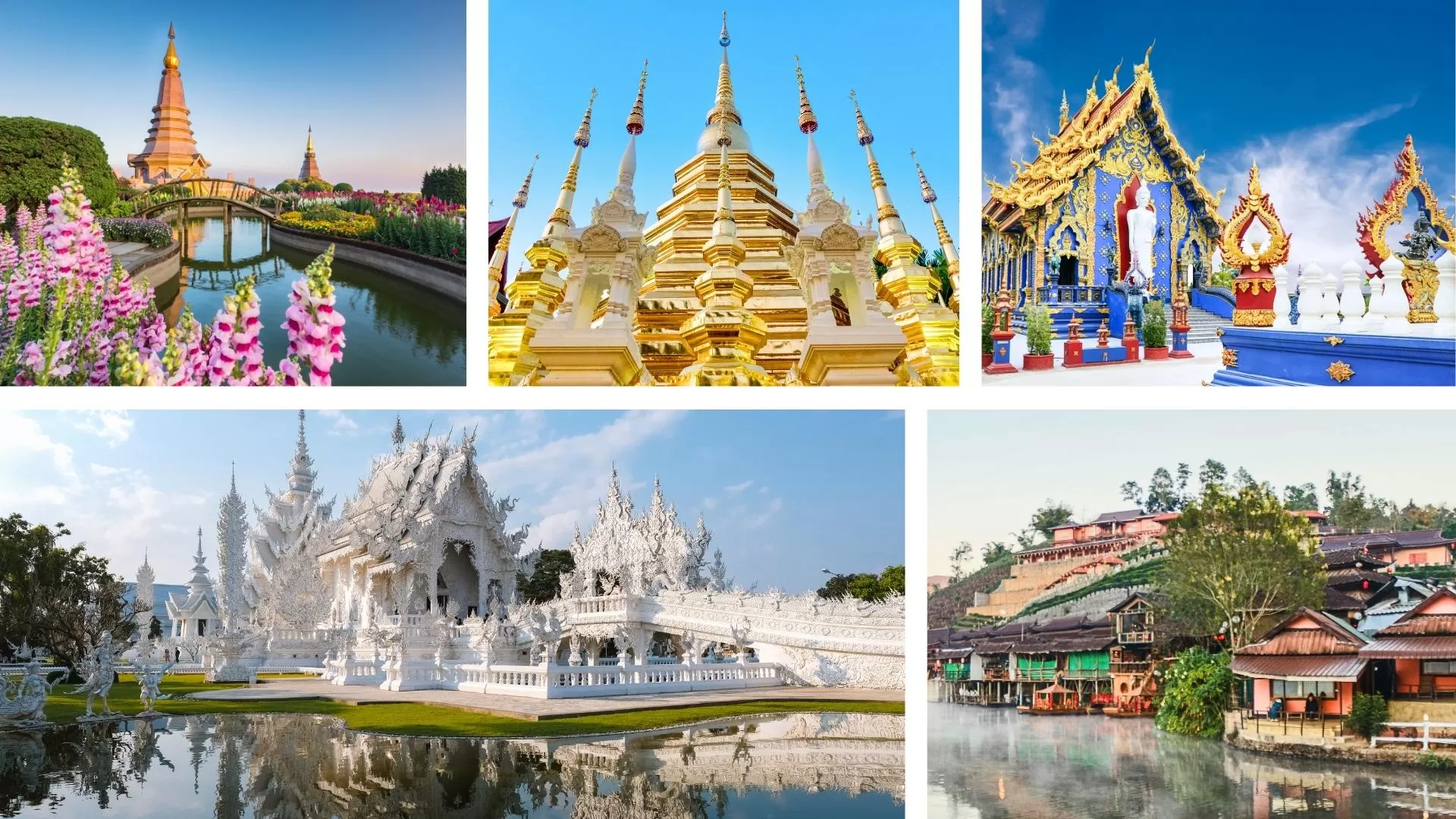
Best for: Culture, temples, mountains, trekking and budget-friendly trips
Highlights: Chiang Mai, Chiang Rai (White & Blue Temple), Pai, hill tribe villages
Vibe: Traditional, relaxed, authentic local lifestyle
South Thailand
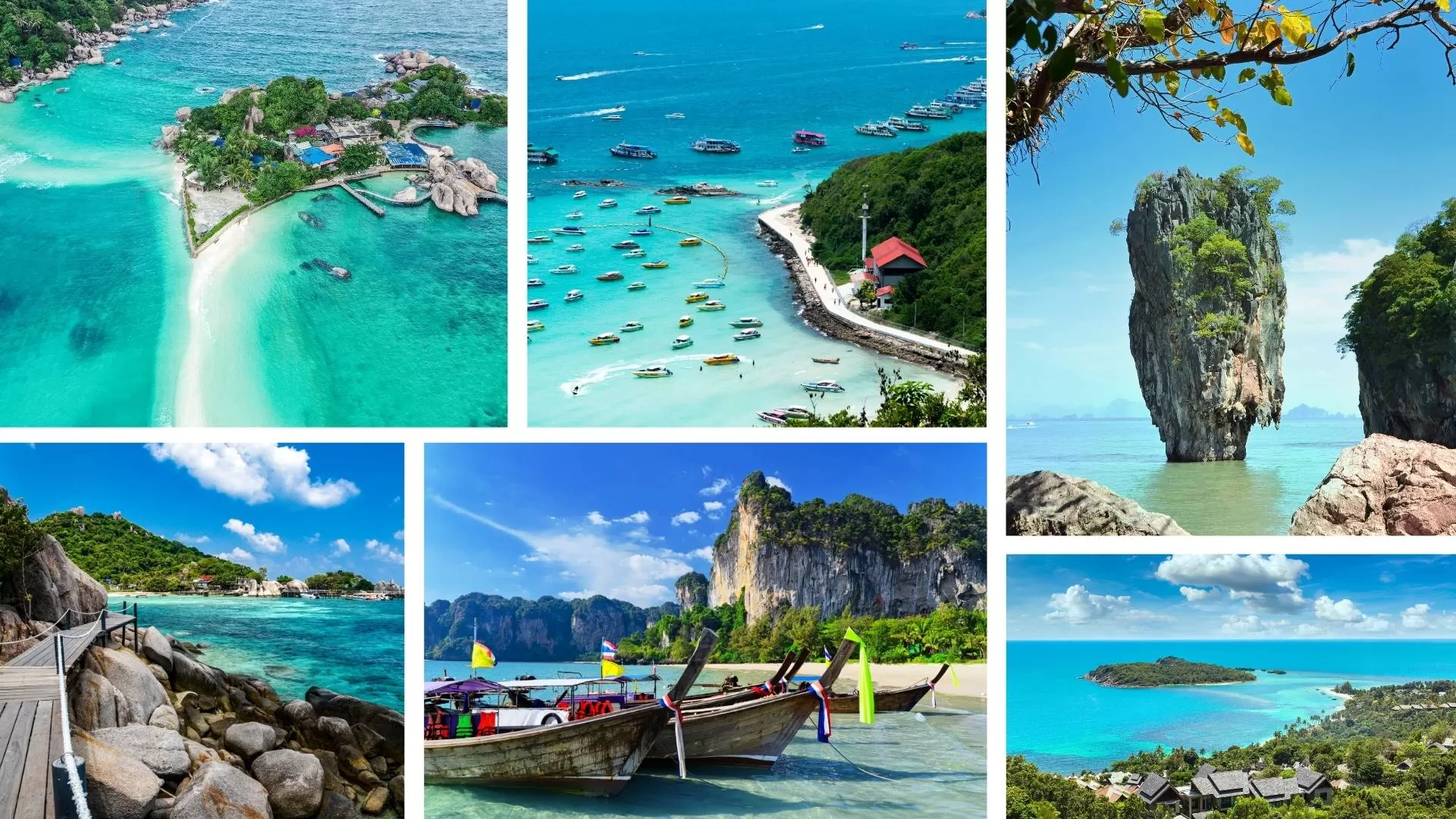
Best for: Beaches, islands, diving, nightlife and luxury resorts
Highlights: Phuket, Krabi, Koh Samui, Khao Lak, Phi Phi Islands
Vibe: Tropical, vibrant, party & leisure focused
Each region has its own unique charm and travel appeal. Let’s explore North vs South Thailand in more detail below to help you choose the destination that truly matches your travel style.
Best time to visit North vs South Thailand
Thailand’s diverse geography means that the best time to visit North vs South Thailand can vary greatly. While the North is defined by cool mountain air and cultural festivals, the South is influenced by tropical monsoon patterns and island life. Knowing when to go can help you maximize your travel experience.
Weather in North Thailand
Season | Months | Temperature | Weather |
Cool season | November – February | 15–28°C | Dry, pleasant, chilly mornings |
Hot season | March – May | 30–40°C | Very hot, dry |
Rainy season | June – October | 25–33°C | Heavy rain, lush scenery |
👉 Best months for North Thailand: November to February for ideal weather and vibrant festivals.
Weather in South Thailand
West Coast (Phuket, Krabi, Phi Phi):
Season | Months | Temperature | Weather |
Dry season | November – April | 26–34°C | Ideal beach weather, calm seas |
Rainy season | May – October | 25–32°C | Stormy, rough sea, fewer tourists |
East Coast (Koh Samui, Koh Phangan, Koh Tao):
Season | Months | Temperature | Weather |
Dry season | January – August | 26–34°C | Sunny, beach-perfect |
Rainy season | September – December | 25–31°C | Wettest months, especially November |
👉 Best months for South Thailand: December to April for Phuket/Krabi, January to August for Koh Samui/Koh Phangan.
Things to do and see in North vs South Thailand
Thailand is a country full of contrasts. From the misty mountains and cultural richness of the North to the turquoise seas and tropical islands of the South, deciding between North vs South Thailand can be challenging. Here are the best things to do and see in North Thailand and South Thailand, helping you plan the perfect trip.
Top attractions in Northern Thailand
The North is renowned for its cooler climate, majestic mountains, and rich cultural heritage. Travelers here can enjoy a mix of adventure, spirituality and authentic local experiences.
Chiang Mai Old City
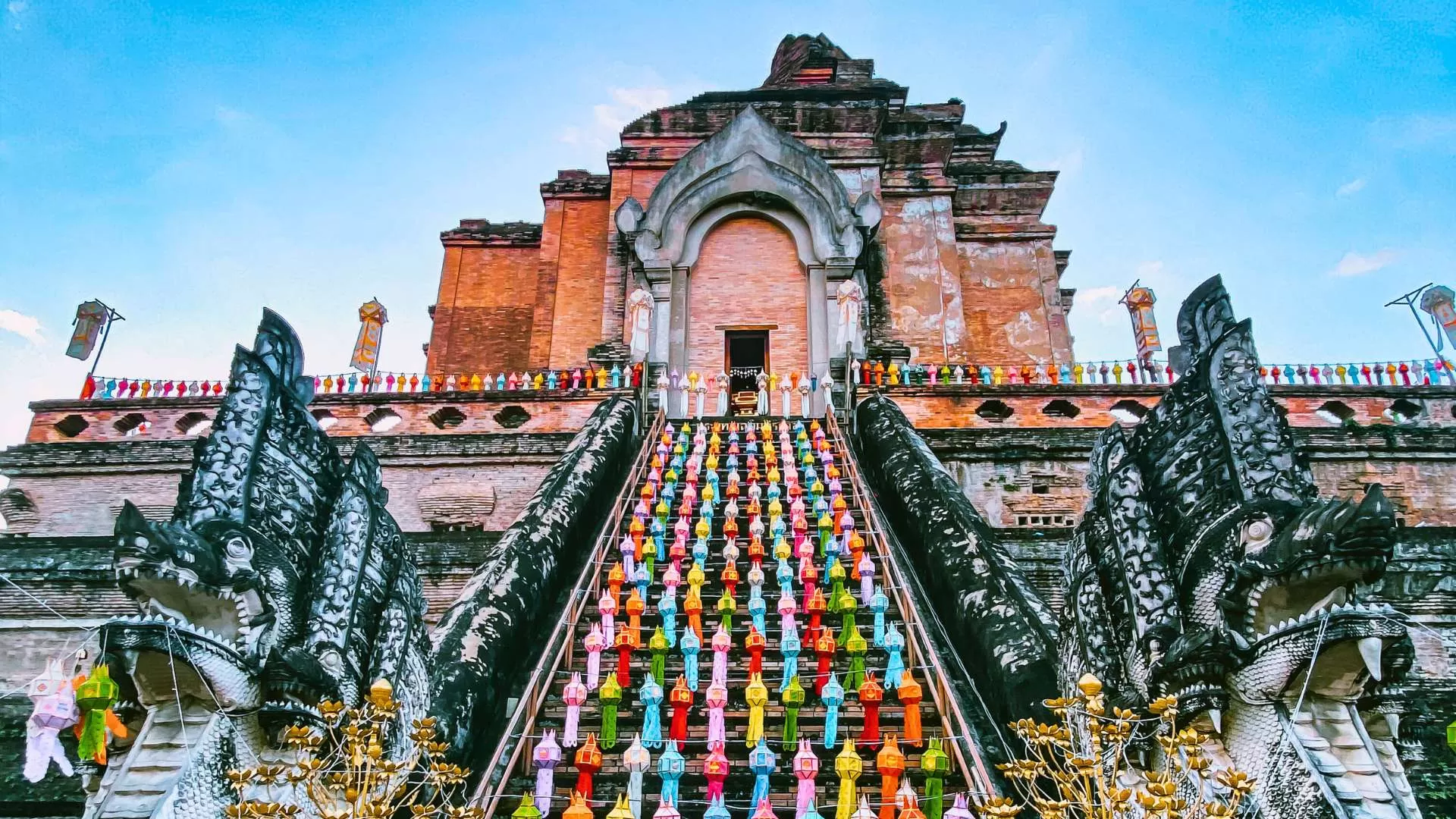 | 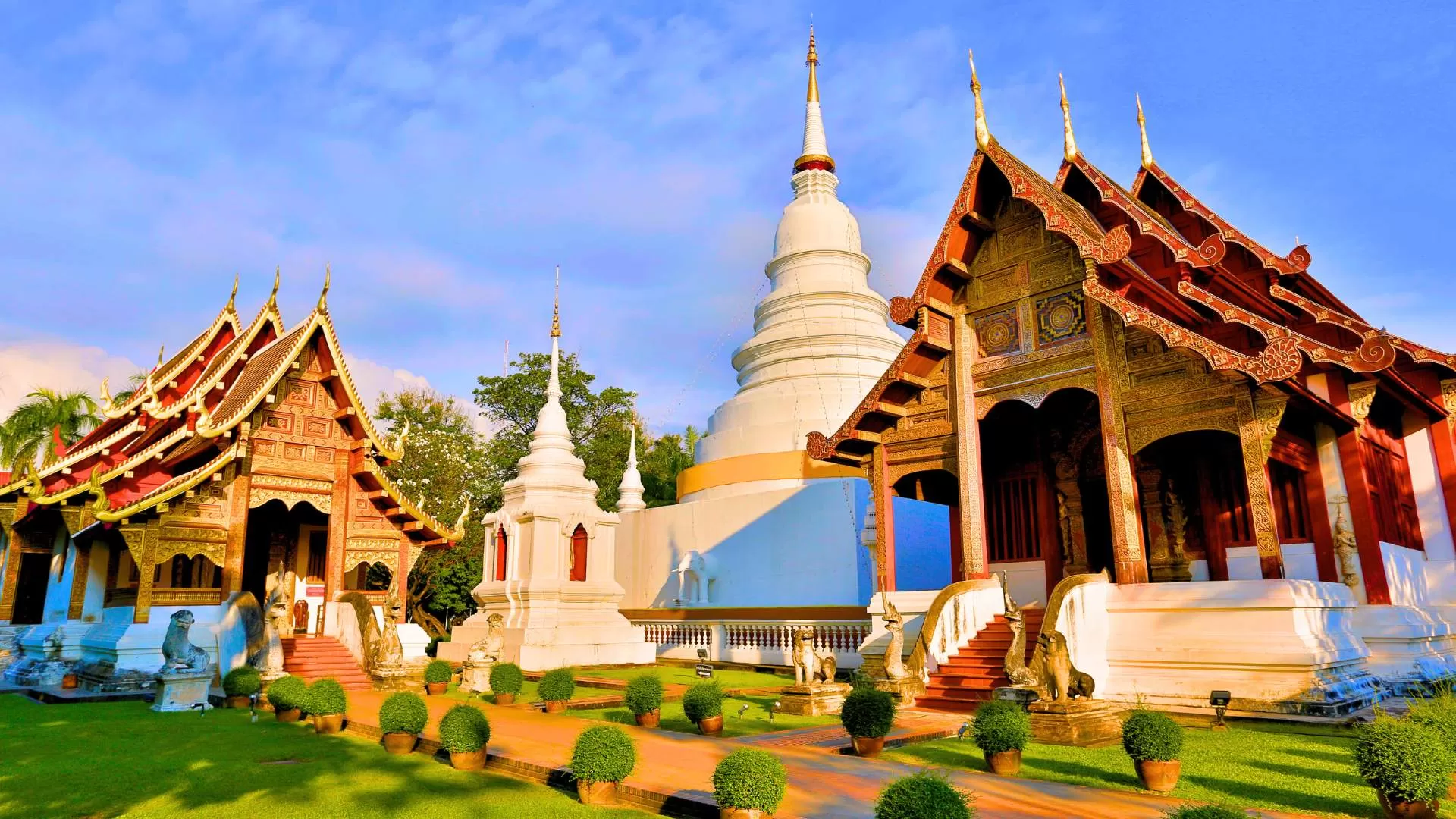 |
Chiang Mai Old City is the historical heart of Northern Thailand, featuring ancient temples, colorful streets and traditional Lanna architecture. It’s the perfect place to immerse yourself in culture while enjoying local street food and vibrant markets.
Highlights:
Wat Phra Singh: A revered temple with elegant Lanna-style architecture and a sacred Buddha image.
Wat Chedi Luang: An ancient temple with an impressive ruined pagoda that once housed the Emerald Buddha.
Sunday Walking Street Market: Bustling night market filled with local crafts, souvenirs and street food.
Chiang Mai Night Bazaar: A lively spot for shopping, live music and sampling traditional Thai snacks.
Cooking classes & cafés: Opportunities to learn Thai cooking or relax in charming coffee shops.
You can read: Chiang Mai travel tips: 7 best ways to explore the city
Doi Suthep-Pui National Park
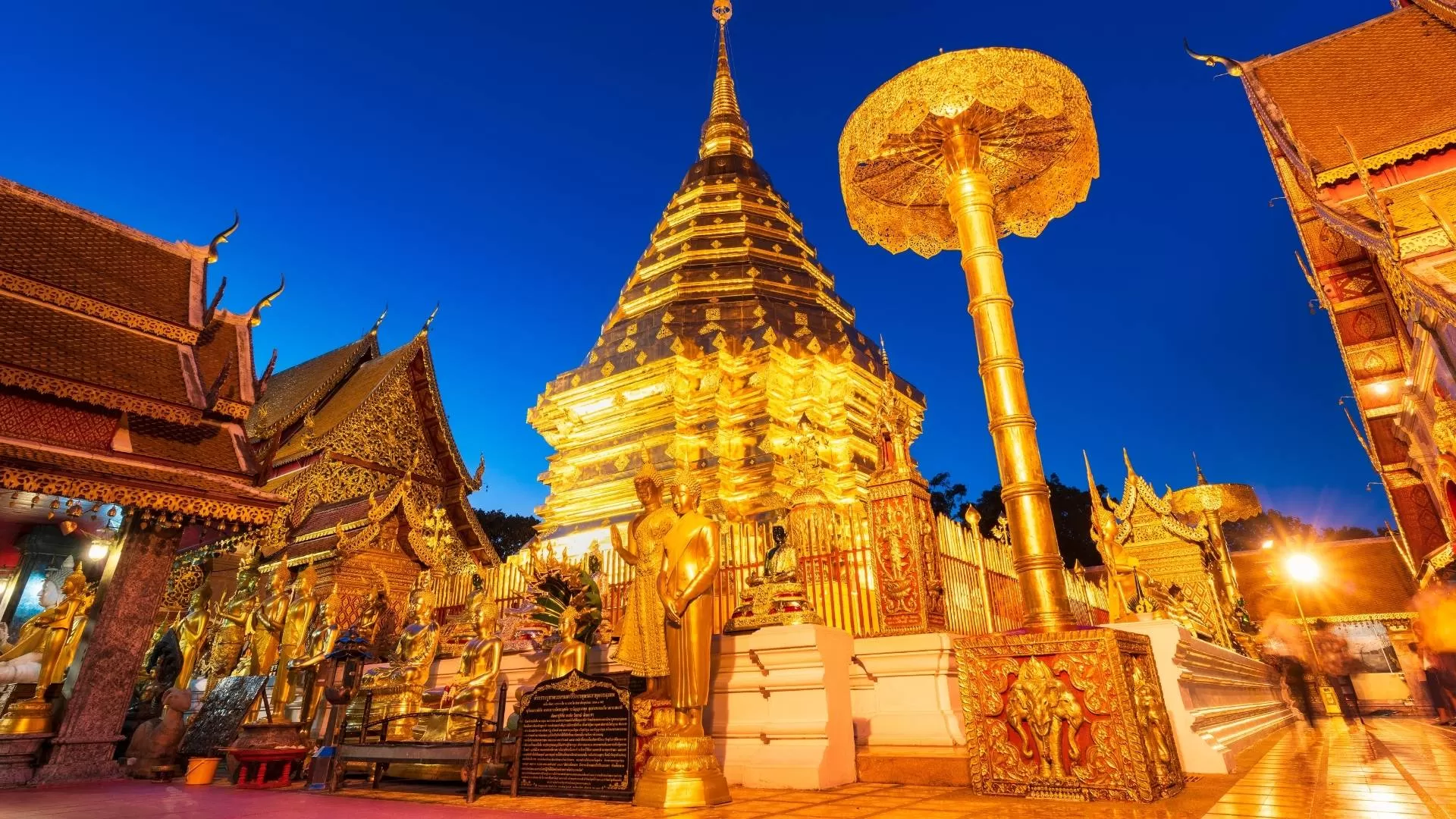
This national park is home to the sacred Wat Phra That Doi Suthep, overlooking Chiang Mai from a mountaintop. The park also offers waterfalls, lush forests and trekking trails, ideal for nature lovers seeking peace and adventure.
Highlights:
Wat Phra That Doi Suthep: Iconic golden stupa with sweeping views of Chiang Mai below.
Huay Kaew waterfall: Easily accessible waterfall near the park entrance, perfect for photos and picnics.
Trekking trails: Paths through dense forest where you can spot wildlife and enjoy cooler mountain air.
Local villages: Small Hmong communities nearby that showcase traditional Northern lifestyles.
Chiang Rai
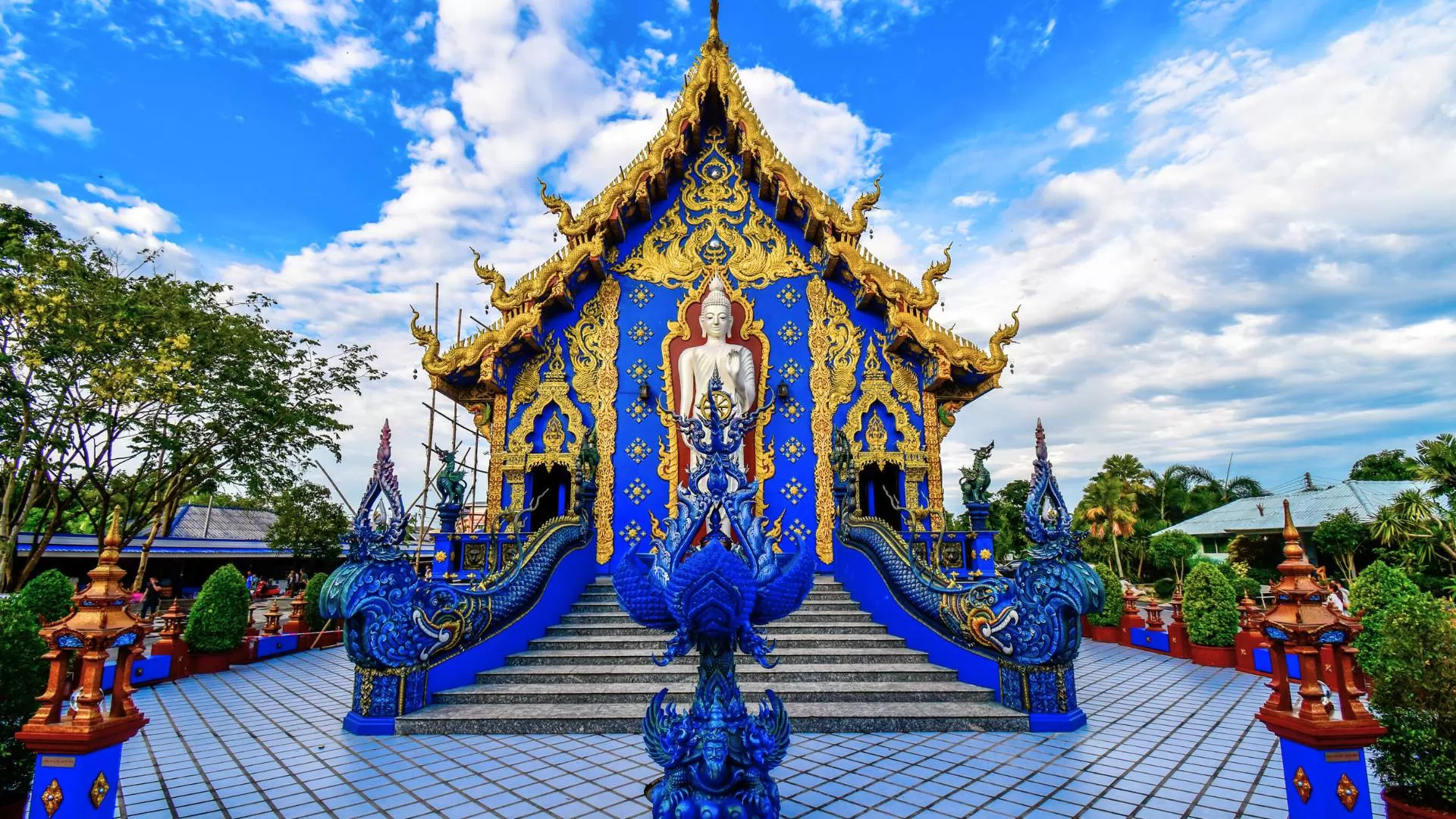 | 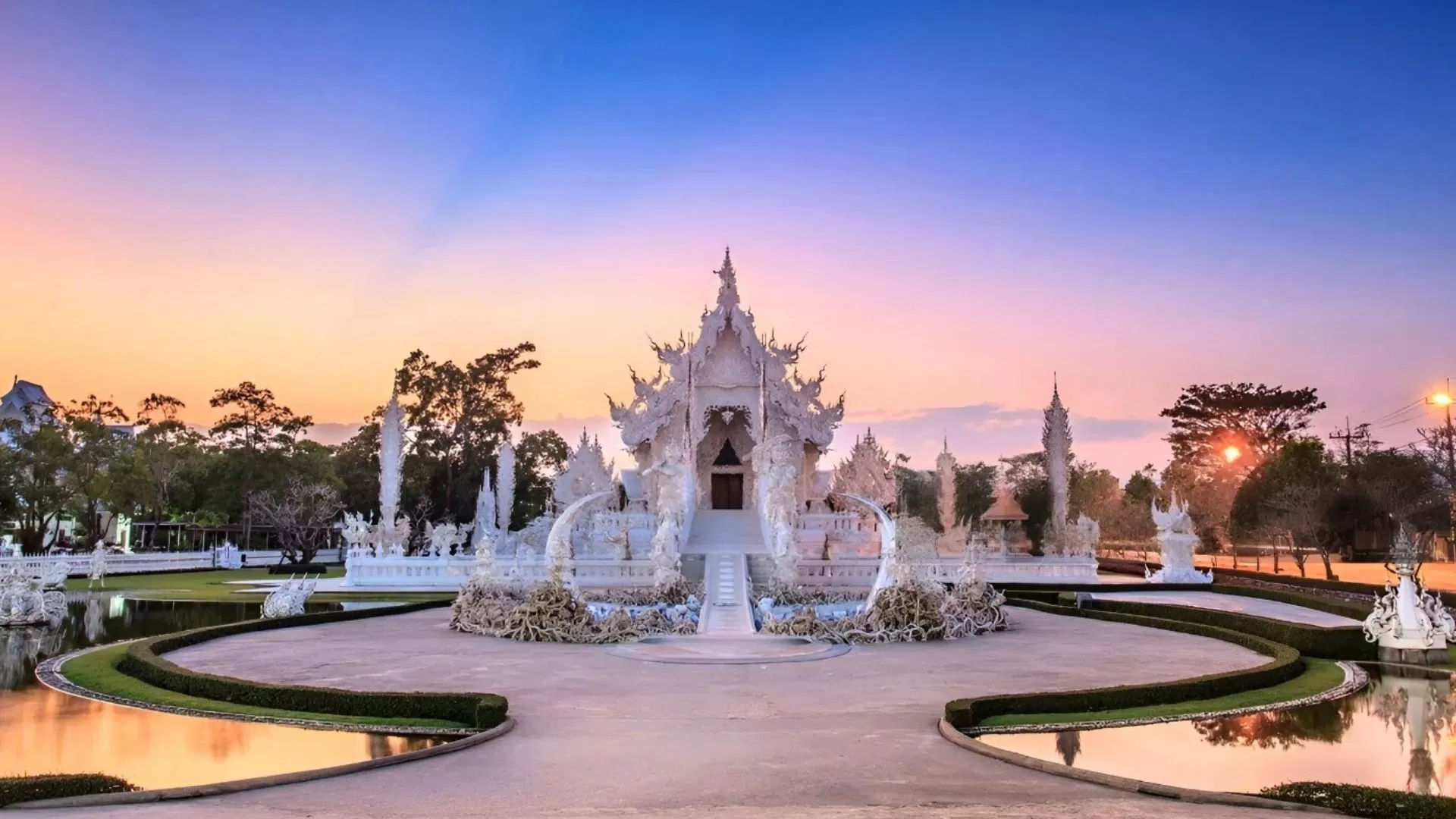 | 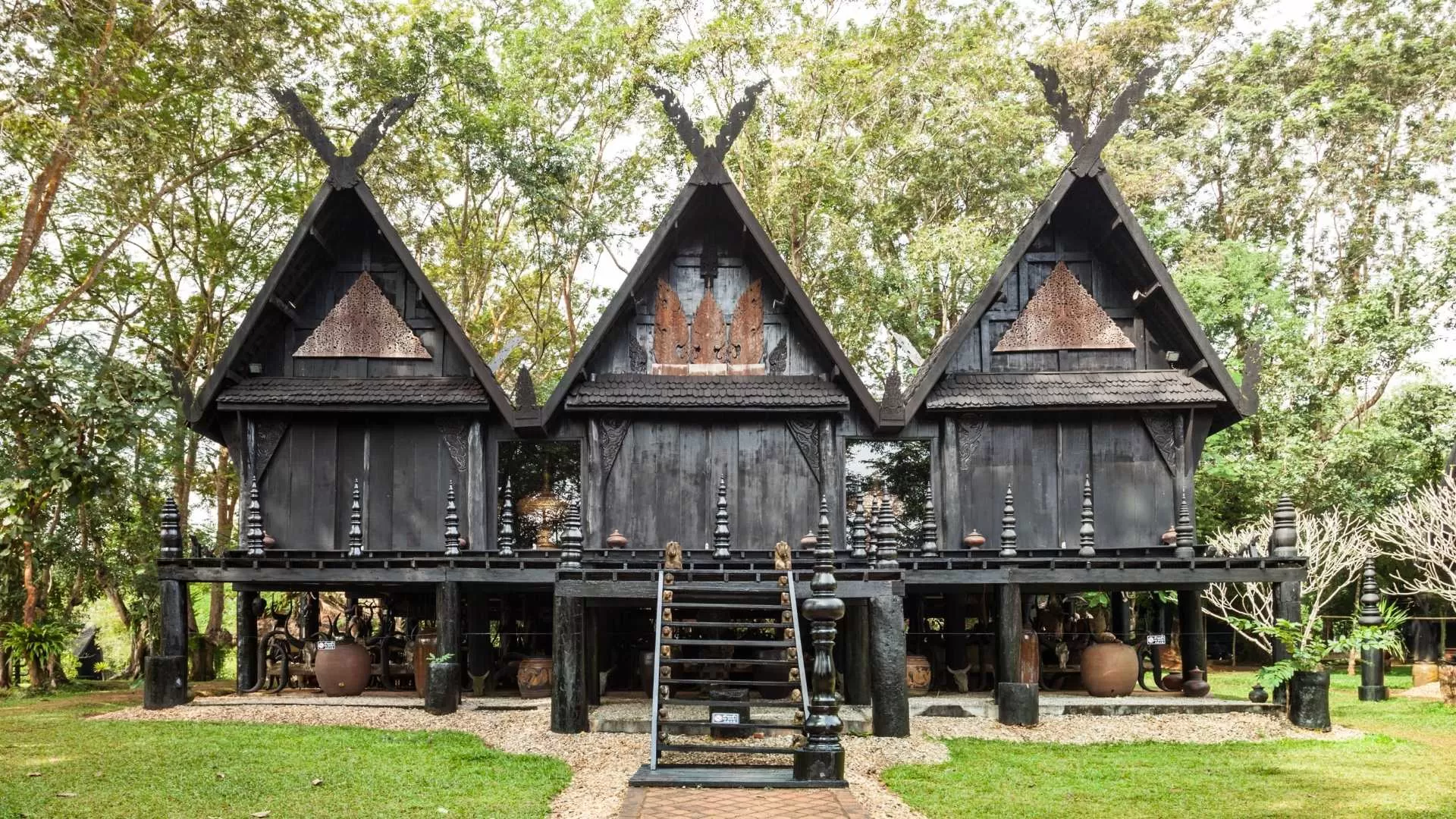 |
| Wat Rong Suea Ten | Wat Rong Khun | Baan Dam Museum |
Chiang Rai is a cultural and artistic hub in Northern Thailand, where travelers can admire the intricate white architecture of the White Temple and the striking blue hues of the Blue Temple, both offering unique spiritual experiences. The nearby hill tribe villages add an authentic cultural touch, making it easy to combine art, history and local traditions in one visit.
Highlights:
Wat Rong Khun (White Temple): A masterpiece of modern Thai art, covered in gleaming white plaster and mirrored glass.
Wat Rong Suea Ten (Blue Temple): Striking temple decorated with bold blue and gold, featuring giant Buddha statues.
Baan Dam Museum (Black House): An eclectic art space showcasing the work of Thai artist Thawan Duchanee.
Hill tribe villages: Visits to Akha, Karen, or Lisu communities that highlight traditional ways of life.
Local markets: Fresh produce, handicrafts and authentic Northern Thai street food.
Mae Hong Son Loop
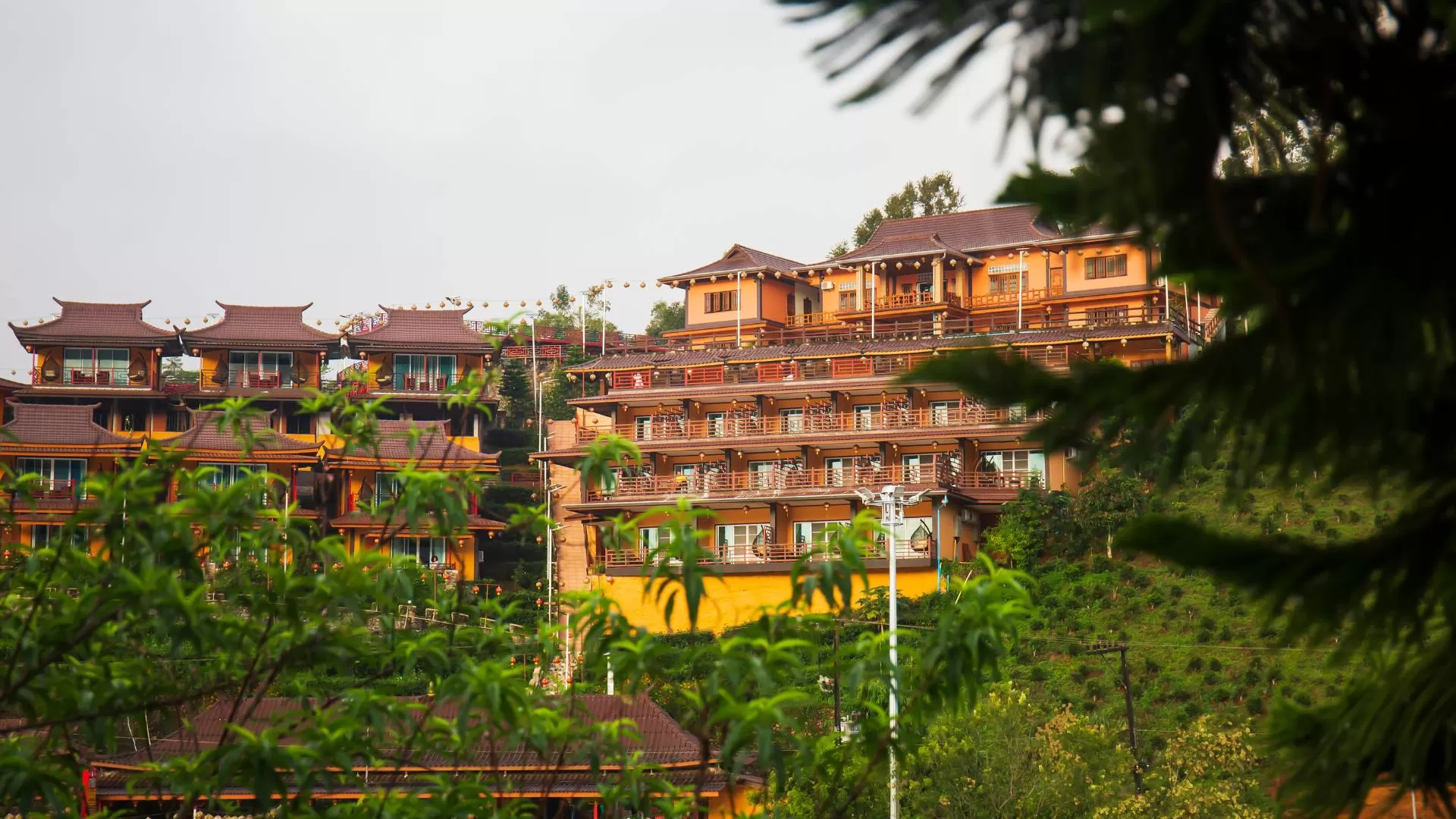 | 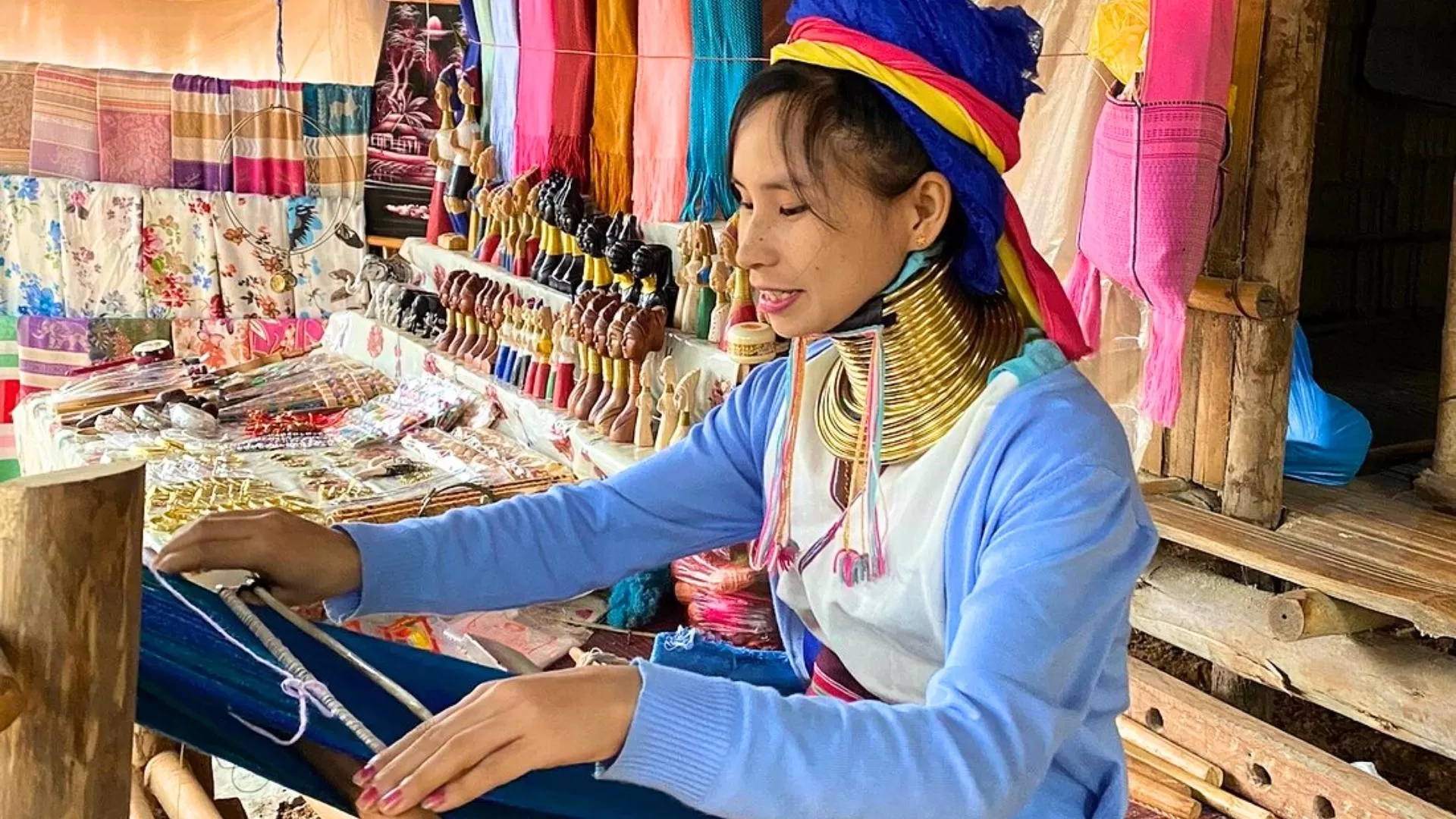 | 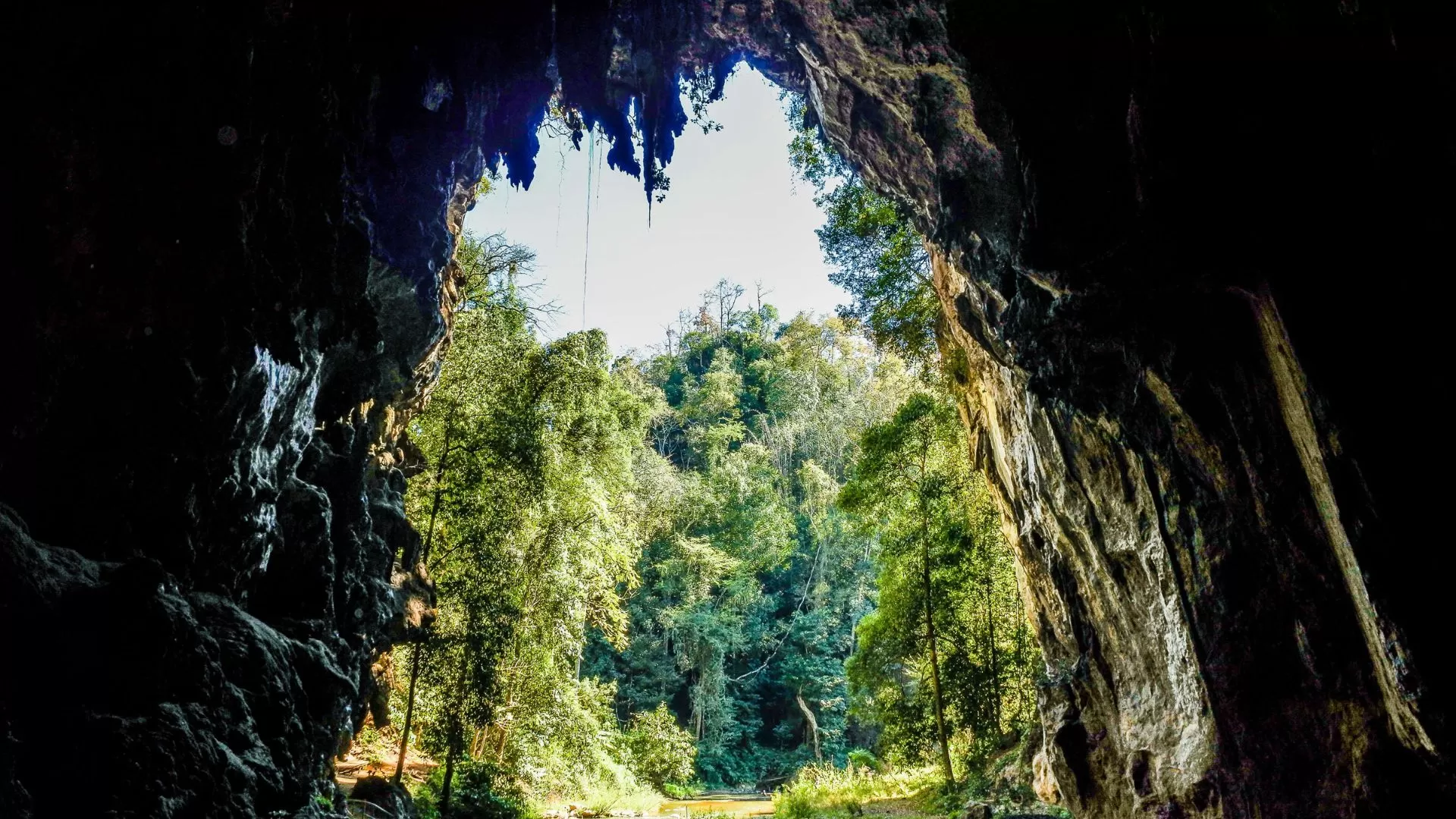 |
| Mae Hong Son Town | Long-neck Karen Villages | Tham Lod Cave |
The Mae Hong Son Loop is a scenic route that takes travelers through mountains, valleys and remote villages. It’s perfect for road trips, photography and cultural discovery. The journey allows travelers to experience the authentic landscapes and lifestyles of Northern Thailand, making it a memorable adventure for those who enjoy exploration.
Highlights:
Tham Lod Cave: Massive limestone cave with ancient coffins and boat rides through underground rivers.
Long-neck Karen Villages: Unique cultural encounters with the Karen people, known for their traditional brass neck rings.
Mountain scenery: Endless panoramic views perfect for photography and biking.
Mae Hong Son Town: A peaceful town with Burmese-style temples and local charm.
Local hot springs: Natural spots to relax after long drives.
You can read: Best places to visit in Mae Hong Son Thailand
Pai Town
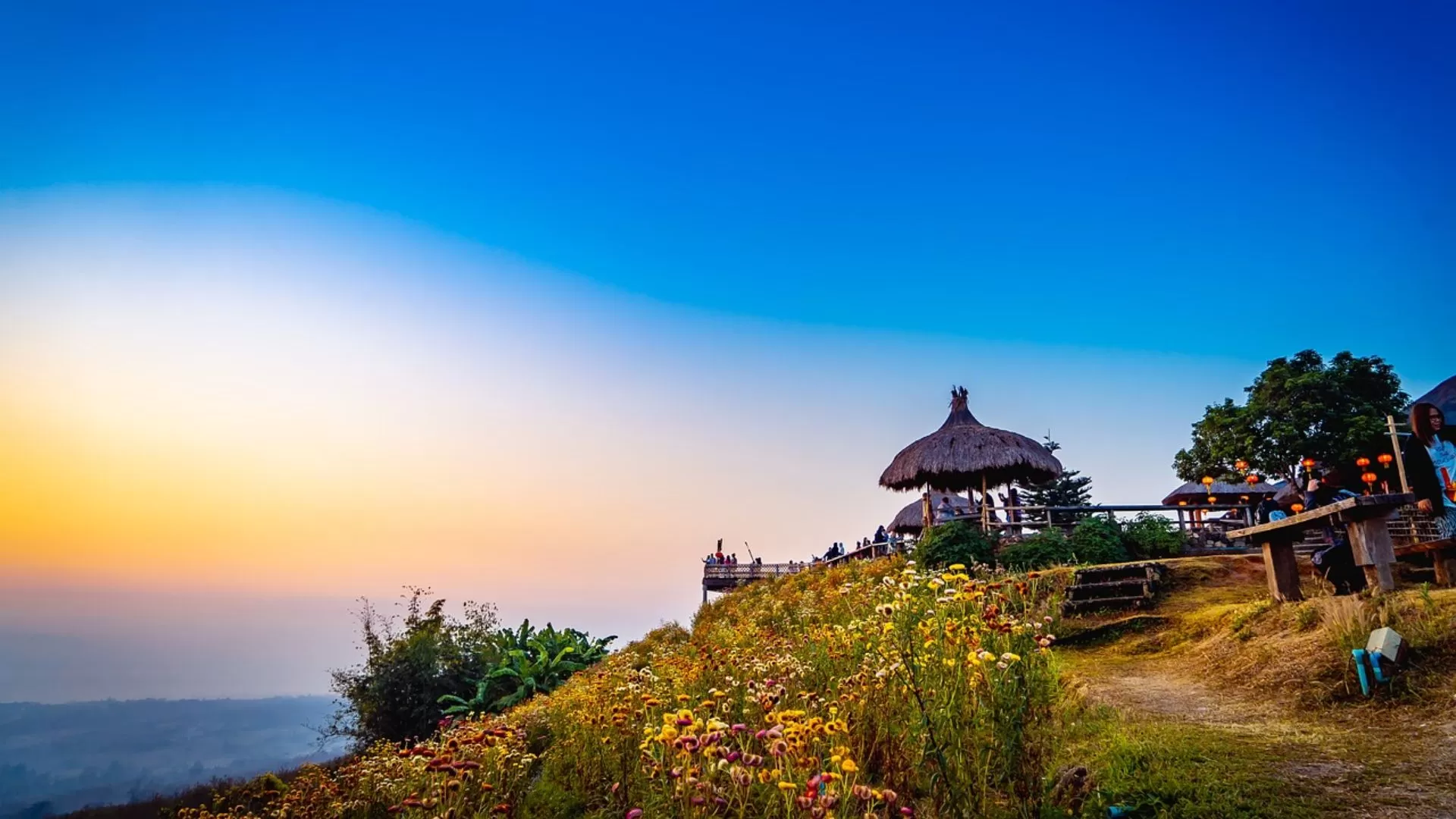
Pai is a charming small town surrounded by mountains, rivers and rice fields. It is ideal for travelers seeking a relaxed, slow-paced atmosphere. Visitors can explore hot springs, bamboo bridges and Pai Canyon, as well as enjoy the town’s artsy cafés and boutique shops. The combination of natural beauty and laid-back vibes makes Pai a perfect escape from city life, offering both adventure and relaxation.
Highlights:
Pai Canyon: A dramatic landscape of cliffs and ridges, best visited at sunset.
Tha Pai hot springs: Natural hot pools perfect for unwinding.
Bamboo Bridge (Boon Ko Ku So): A scenic walkway across rice paddies with stunning views.
Pai Walking Street: A lively night market filled with food stalls, handicrafts and live music.
Local cafés & art shops: Creative hangouts that reflect Pai’s artistic spirit.
Top attractions in South Thailand
Southern Thailand is a tropical paradise, renowned for beaches, islands and vibrant marine life. It is ideal for travelers seeking relaxation, water sports and coastal culture.
Phuket
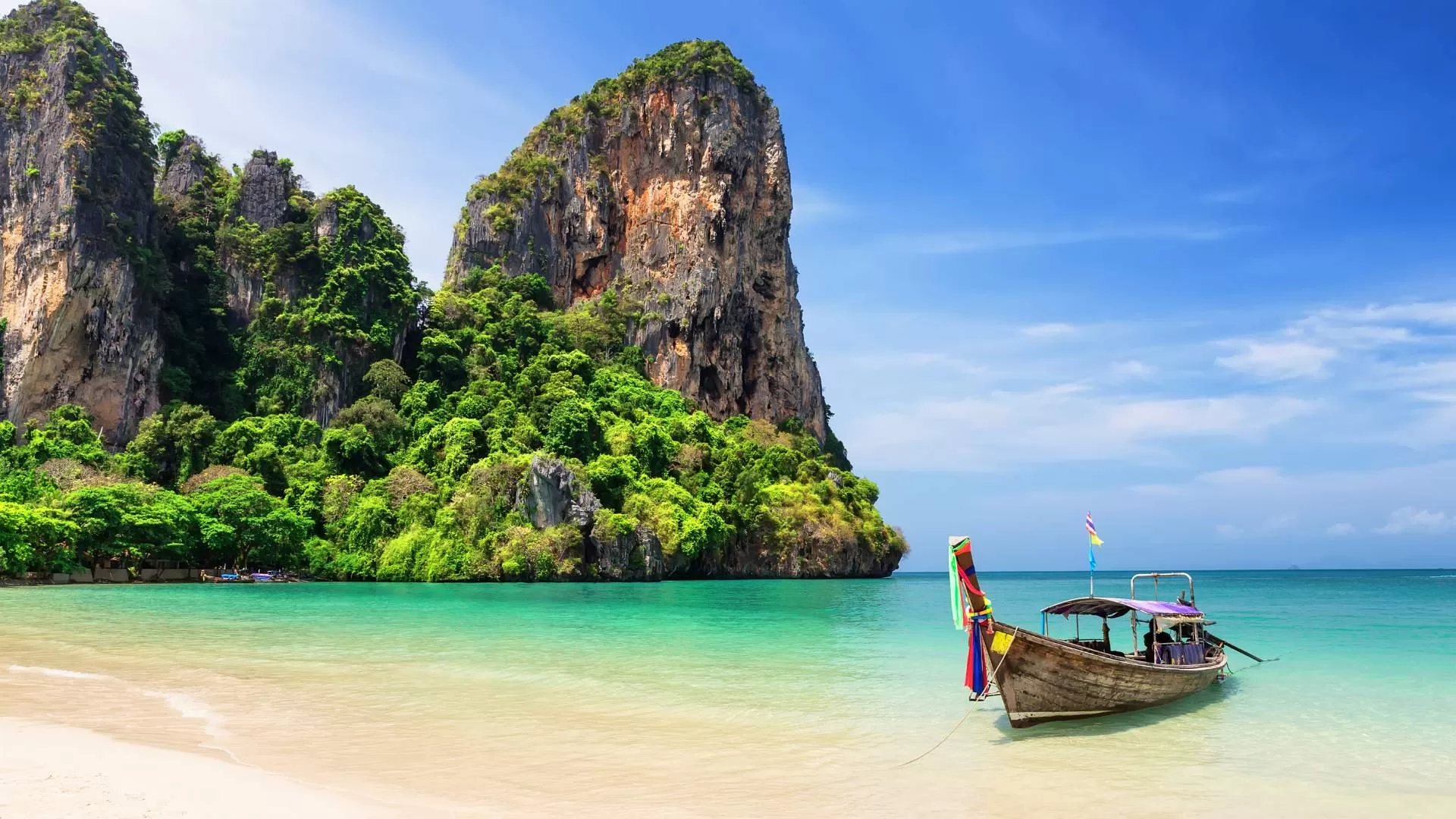
Phuket is Thailand’s largest island, offering a mix of beaches, nightlife and cultural experiences. Visitors can relax on Patong, Kata and Karon beaches, explore local temples such as Big Buddha and take island-hopping tours to nearby islands. Phuket provides options for both relaxation and adventure, making it perfect for families, couples and solo travelers alike.
Highlights:
Patong Beach: The hub of nightlife, shopping and entertainment.
Kata & Karon Beaches: Relaxed alternatives with soft sand and family-friendly settings.
Big Buddha: A massive statue overlooking the island with panoramic views.
Old Phuket Town: Streets lined with Sino-Portuguese architecture, local eateries and art shops.
Island-hopping tours: Day trips to Phi Phi Islands or James Bond Island.
Krabi
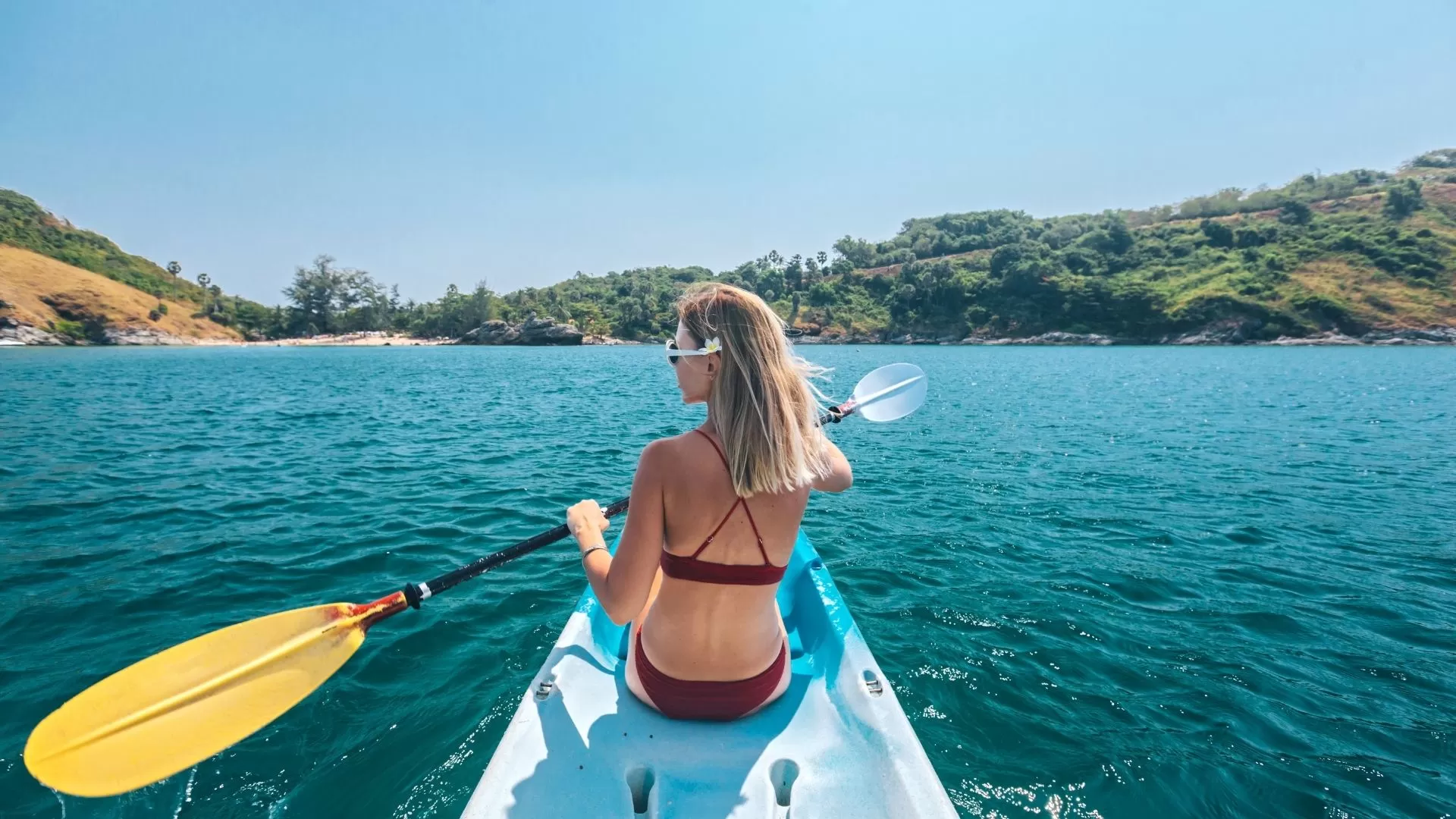
Krabi is famous for dramatic limestone cliffs, turquoise waters and white sandy beaches. Railay Beach offers world-class rock climbing, kayaking and a peaceful environment for relaxation. Visitors can enjoy stunning natural scenery, adventurous activities and quiet coastal spots.
Highlights:
Railay Beach: Stunning sandy shores surrounded by dramatic cliffs.
Rock climbing: One of the world’s top destinations for beginners and experts alike.
Kayaking: Explore hidden caves and lagoons by kayak.
Phra Nang Cave Beach: Famous for its cave shrines and picturesque setting.
Ao Nang Town: A lively base with restaurants and tour options.
Koh Phi Phi
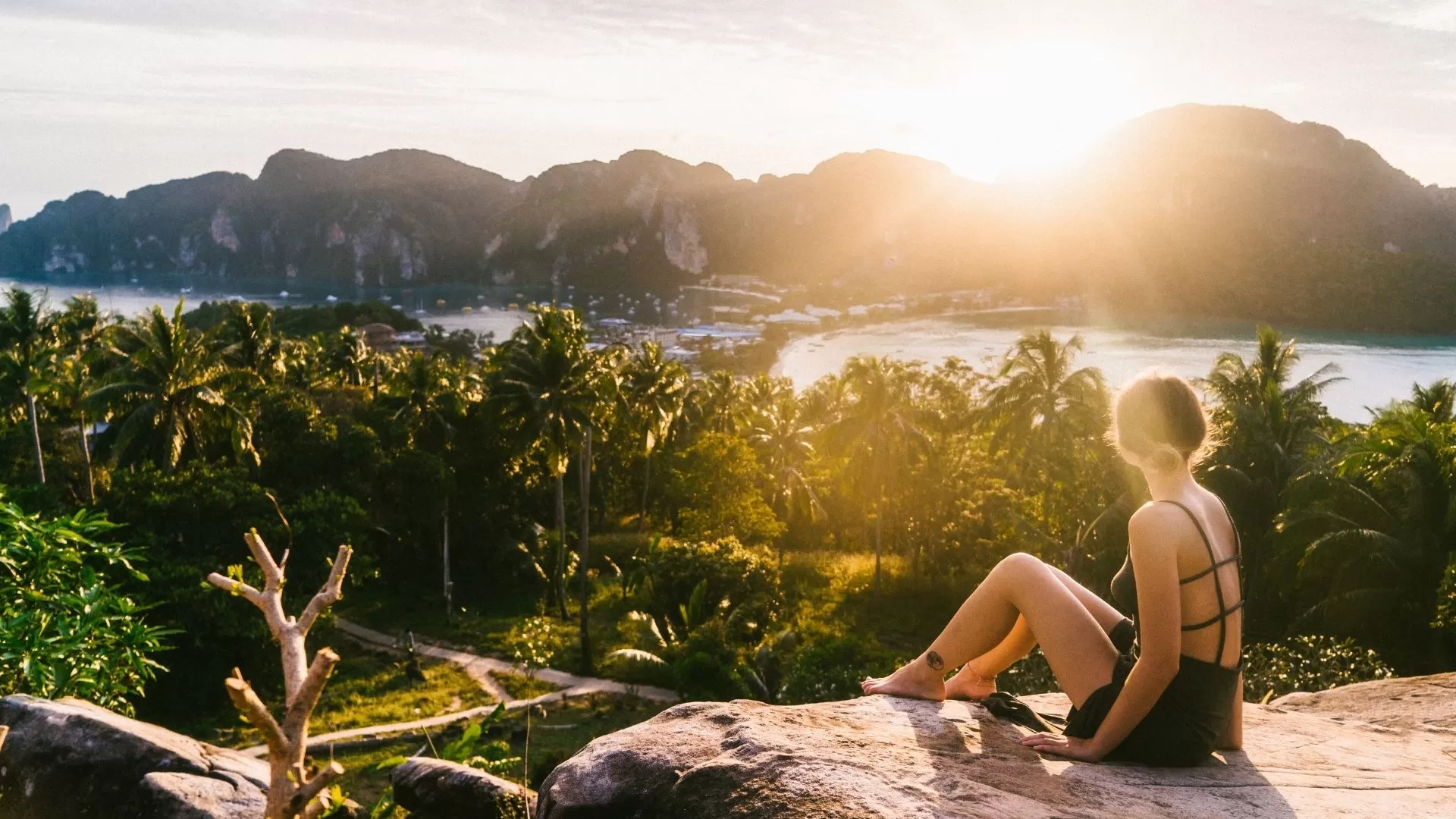
Koh Phi Phi is a group of islands with crystal-clear waters and vibrant coral reefs, making it ideal for snorkeling, diving and beach photography. Visitors can also enjoy breathtaking sunsets and scenic viewpoints.
Highlights:
Maya Bay: Stunning cove made famous by the movie The Beach.
Viewpoint hike: Offers breathtaking panoramic views of the twin bays.
Snorkeling trips: Discover colorful marine life in nearby reefs.
Nightlife: Beach parties and fire shows that last until sunrise.
Longtail boat rides: Traditional boats that take you to hidden coves and beaches.
Koh Samui
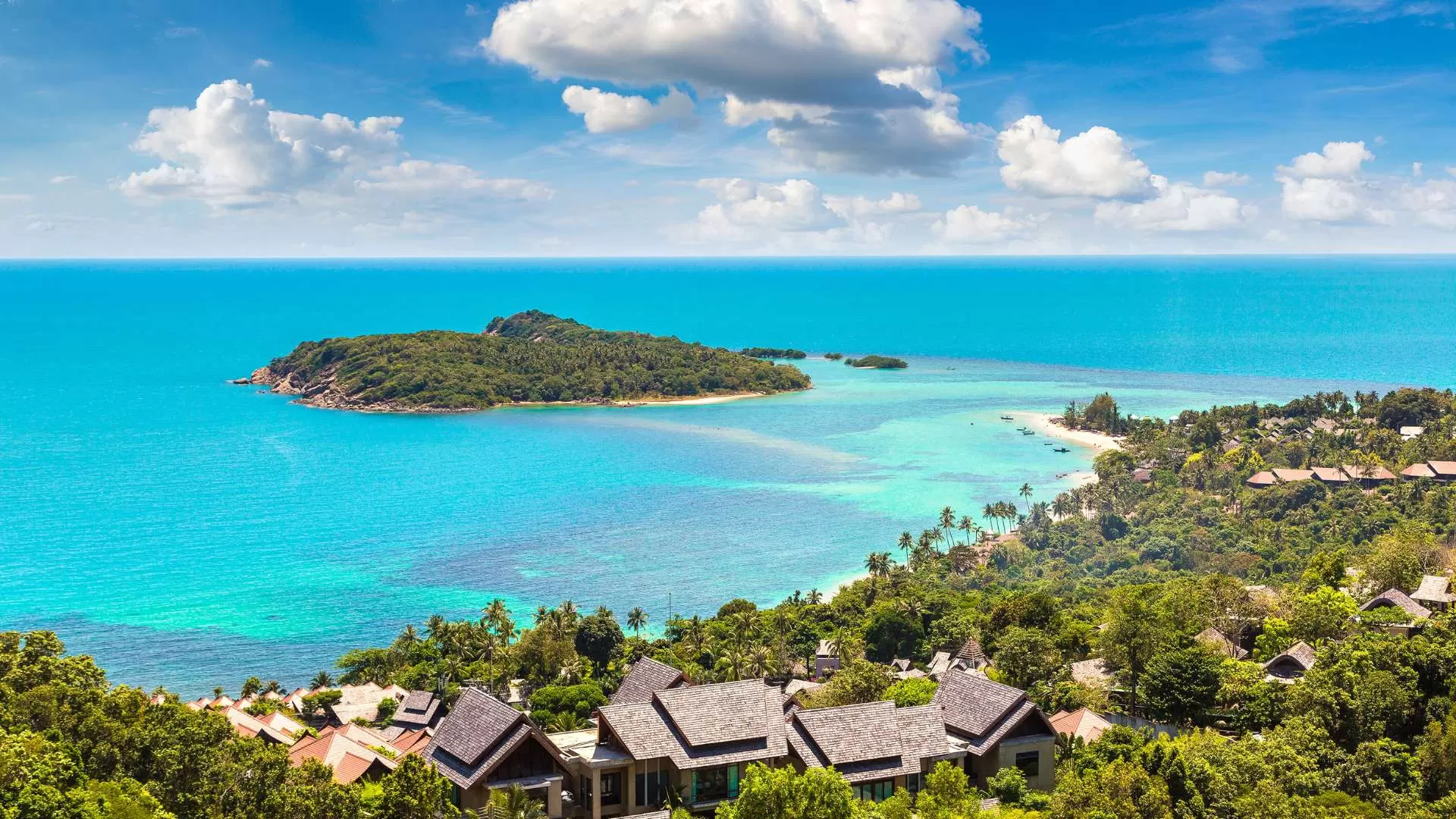
Koh Samui combines palm-lined beaches, waterfalls, luxury resorts and cultural sites. Visitors can relax, explore nature and experience local traditions.
Highlights:
Chaweng Beach: Bustling stretch with nightlife, bars and water activities.
Lamai Beach: Quieter option with stunning scenery.
Wat Plai Laem: Colorful temple complex with a giant Guanyin statue.
Na Muang Waterfalls: Twin waterfalls surrounded by jungle trails.
Fisherman’s Village (Bophut): A historic district with seaside restaurants and boutique shops.
Khao Lak

Khao Lak is a quieter coastal destination, perfect for travelers seeking peace and natural beauty. The area offers diving trips to the Similan Islands, eco-tourism activities and nearby waterfalls. It’s ideal for families or those looking to escape crowded tourist areas.
Highlights:
Similan Islands: World-class diving spots with incredible marine biodiversity.
Khao Lak-Lam Ru National Park: Hiking trails, waterfalls and unspoiled beaches.
Tsunami Memorial Park: A meaningful site commemorating the 2004 tsunami.
Local night markets: Fresh seafood, crafts and local snacks.
Waterfalls: Ton Chong Fa and Lam Ru waterfalls for swimming and nature exploration.
Festivals in North vs South Thailand
Thailand is not only famous for its landscapes and cuisine but also for its vibrant festivals, which attract thousands of visitors every year. Experiencing these celebrations is one of the best ways to understand the country’s traditions and culture. Here are some of the major festivals in North vs South Thailand that travelers should not miss.
Festivals in Northern Thailand
Yi Peng (Lantern Festival) – Chiang Mai
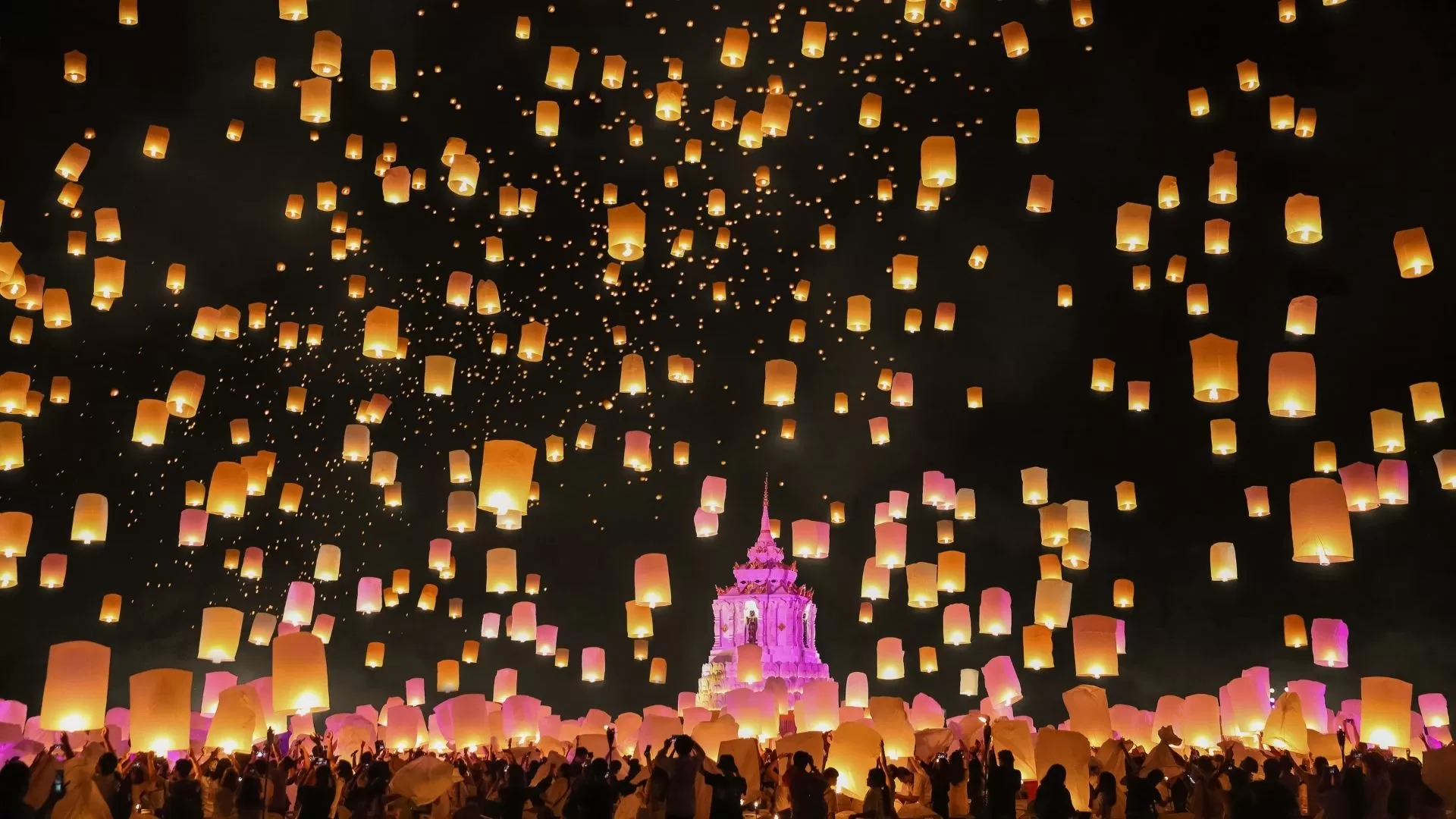
The Yi Peng Festival is perhaps the most iconic event in Northern Thailand. Each November, thousands of lanterns are released into the night sky over Chiang Mai, creating a breathtaking sight. The festival coincides with Loy Krathong, where people float decorated baskets on rivers to pay respect to the water goddess. It’s a magical blend of light, spirituality and community celebration.
Learn more: Thailand lantern festivals 2025: Yi Peng and Loy Krathong
Songkran (Thai New Year)
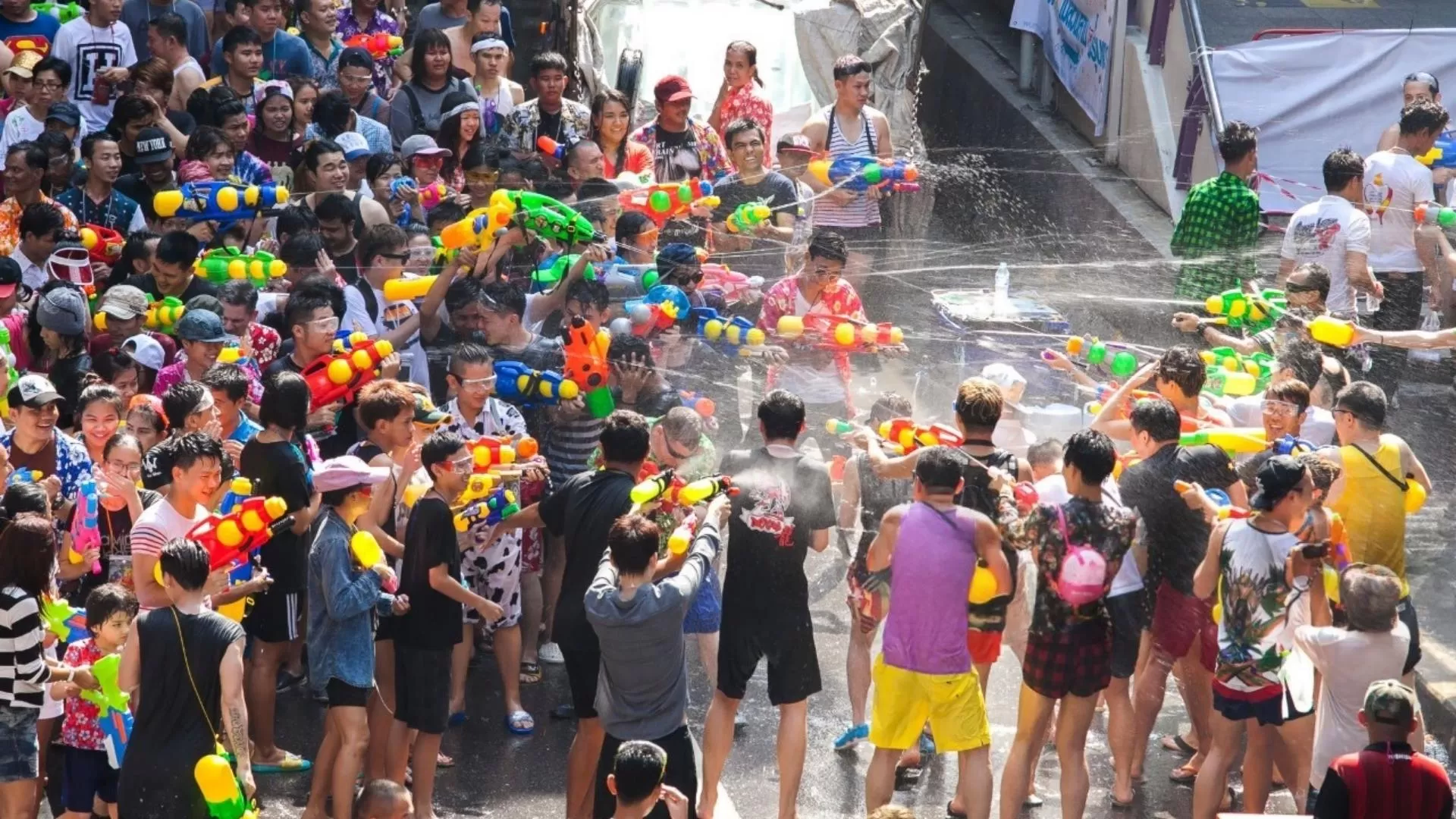 Songkran is celebrated nationwide in April, but Chiang Mai hosts one of the biggest and most lively versions. The city transforms into a giant water fight, with locals and tourists splashing water on each other in the streets. Beyond the fun, there are also traditional rituals like visiting temples and pouring water over Buddha statues for blessings.
Songkran is celebrated nationwide in April, but Chiang Mai hosts one of the biggest and most lively versions. The city transforms into a giant water fight, with locals and tourists splashing water on each other in the streets. Beyond the fun, there are also traditional rituals like visiting temples and pouring water over Buddha statues for blessings.
Flower Festival – Chiang Mai
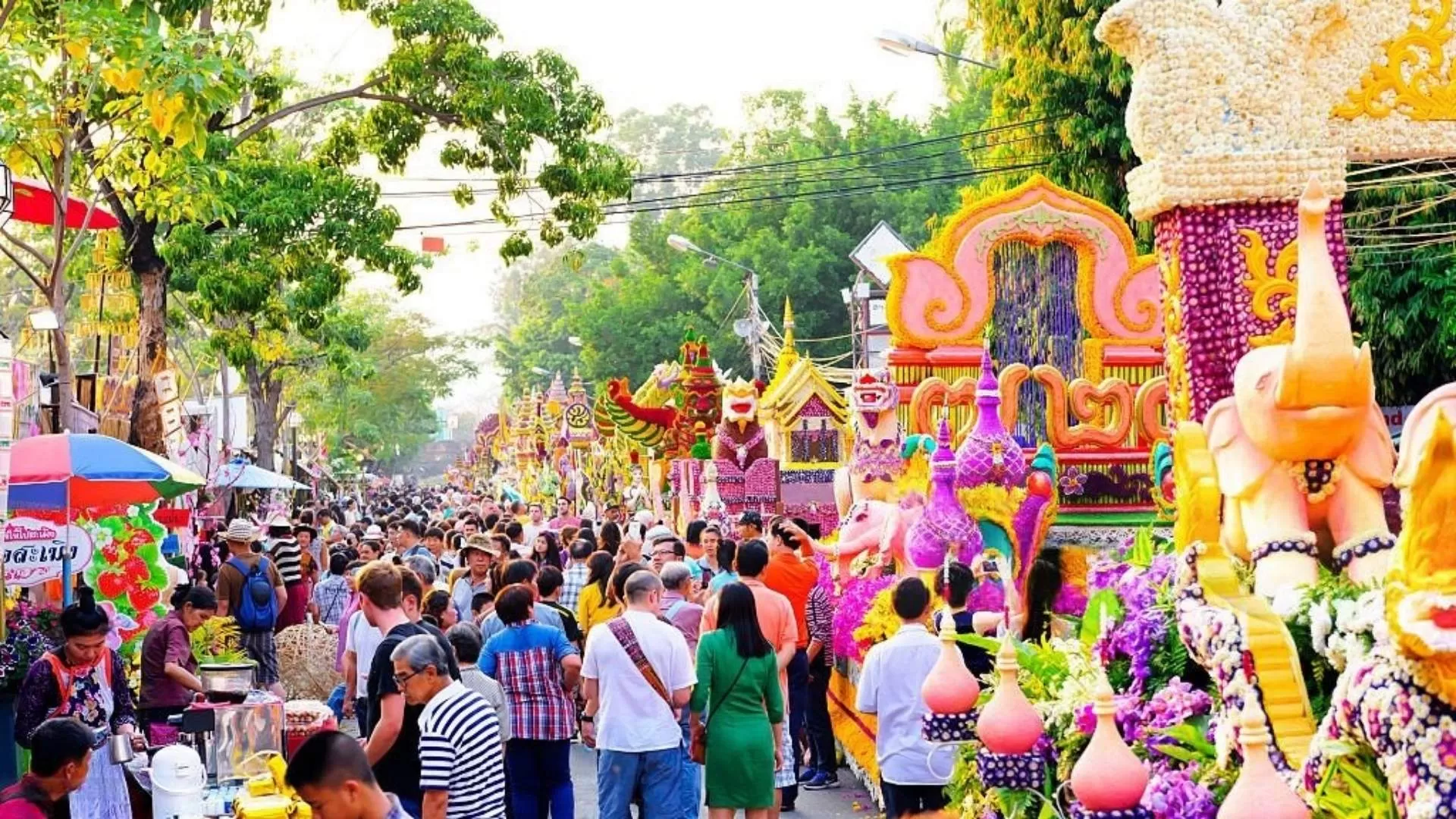
Held in early February, this colorful event features elaborate flower floats, parades and cultural performances. Chiang Mai’s nickname as the "Rose of the North" shines during this time, attracting both photographers and flower enthusiasts.
Festivals in South Thailand
Songkran (Thai New Year)
Just like in the North, Songkran in the South is a huge celebration. Beach towns like Phuket and Koh Samui combine water fights with lively beach parties, making it both a traditional and fun-filled experience for travelers.
Full Moon Party – Koh Phangan
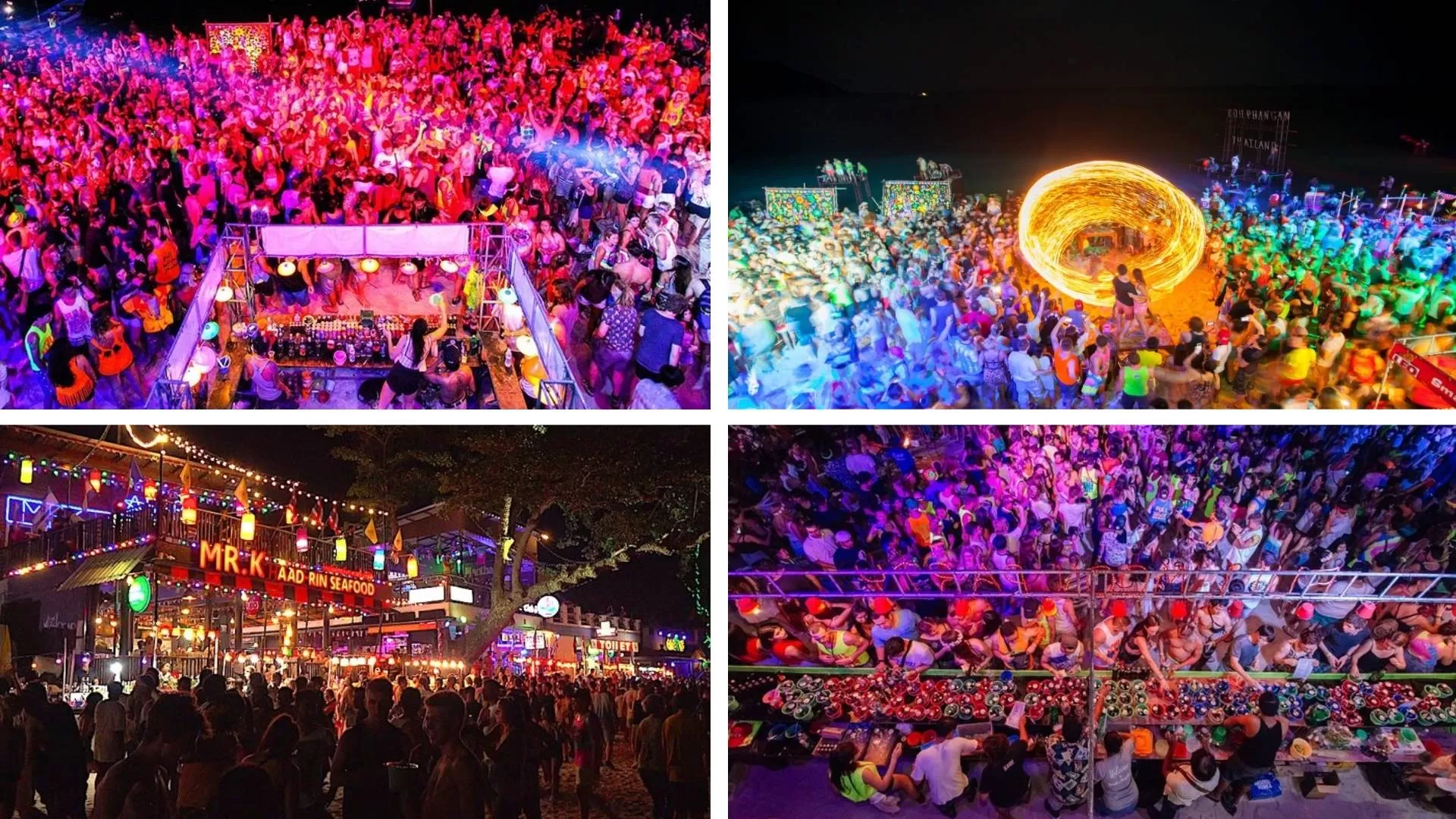
While not a traditional festival, the Full Moon Party has become a world-famous event. Each month, thousands of travelers gather on Haad Rin Beach in Koh Phangan to dance under the moonlight. It’s one of the South’s biggest tourist draws, especially for those seeking nightlife and beach festivals.
Learn more: Full moon party Thailand 2025: How to fully experience
Can’t decide between North vs South Thailand? With Hanoi Voyages, you don’t have to - our combined tours let you experience both destinations in one unforgettable journey.
>>>CONTACT US NOW<<<
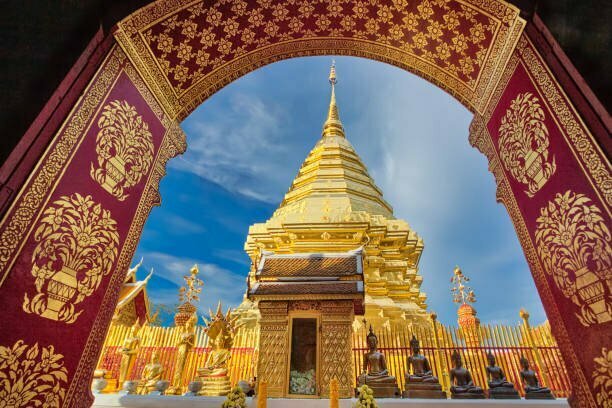 | 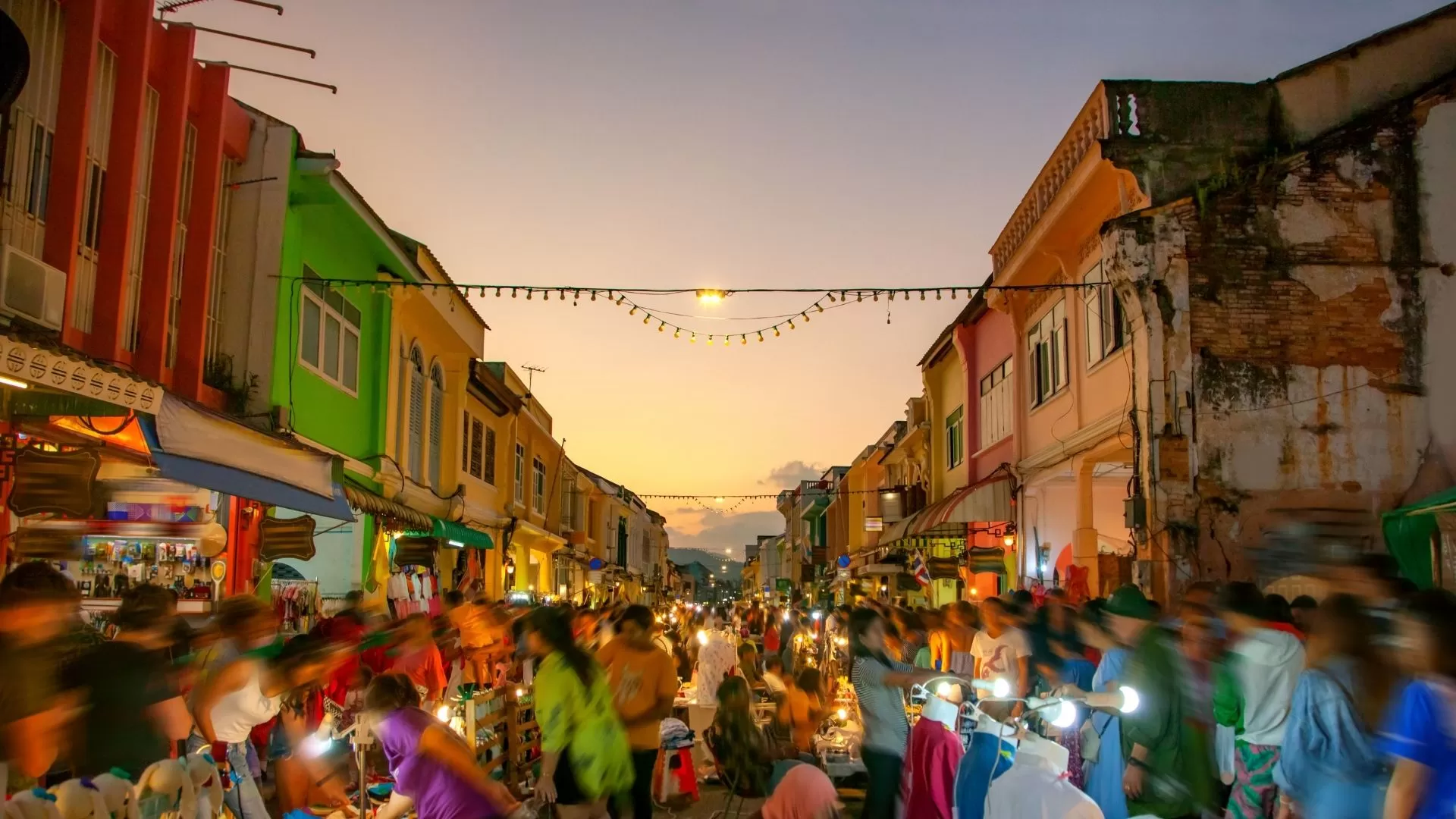 | 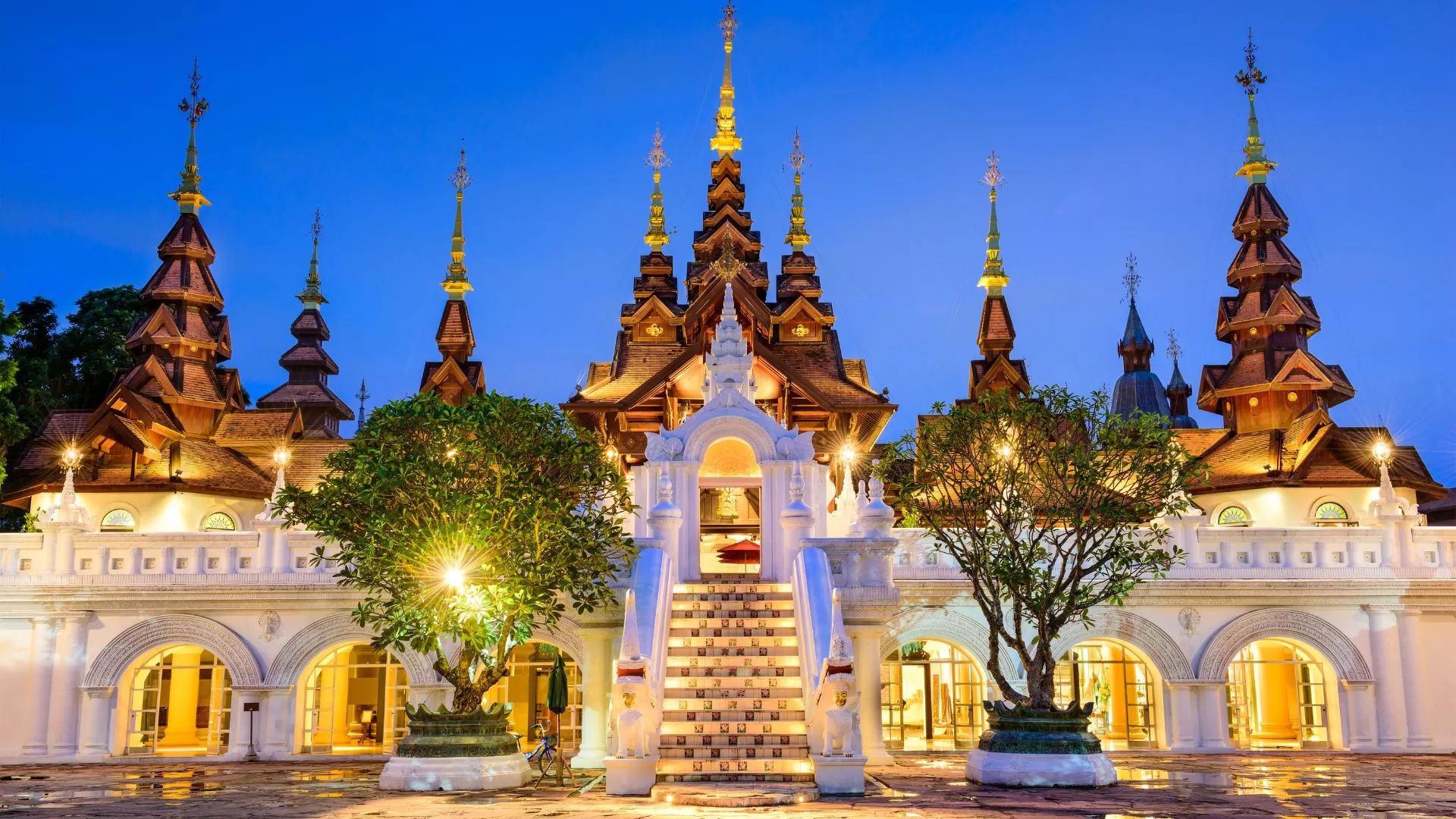 |
Thailand tour 14 days From Northern to Southern Charms From Bangkok to Ayutthaya, Chiang Mai, Chiang Rai, and Koh Yao Yai: culture, nature, authentic encounters, and relaxation on the beaches. | Northern Thailand tour from Ayutthaya, discovering the magic of the North with its landscapes, the ethnic groups of Chiang Mai. Culture, nature, and meaningful encounters. | 1 Month in Thailand between culture and beaches Spend 1 month in Thailand exploring golden temples, lush jungles, and idyllic beaches for a perfect blend of culture and relaxation. |
Food and culinary experiences in North vs South Thailand
When exploring North vs South Thailand, one of the most fascinating differences lies in their food culture. Each region reflects its history, geography and cultural influences through distinctive flavors and dishes. Experiencing local food in North Thailand and food in South Thailand is not just about eating, but about understanding the identity of each region.
North Thailand dishes
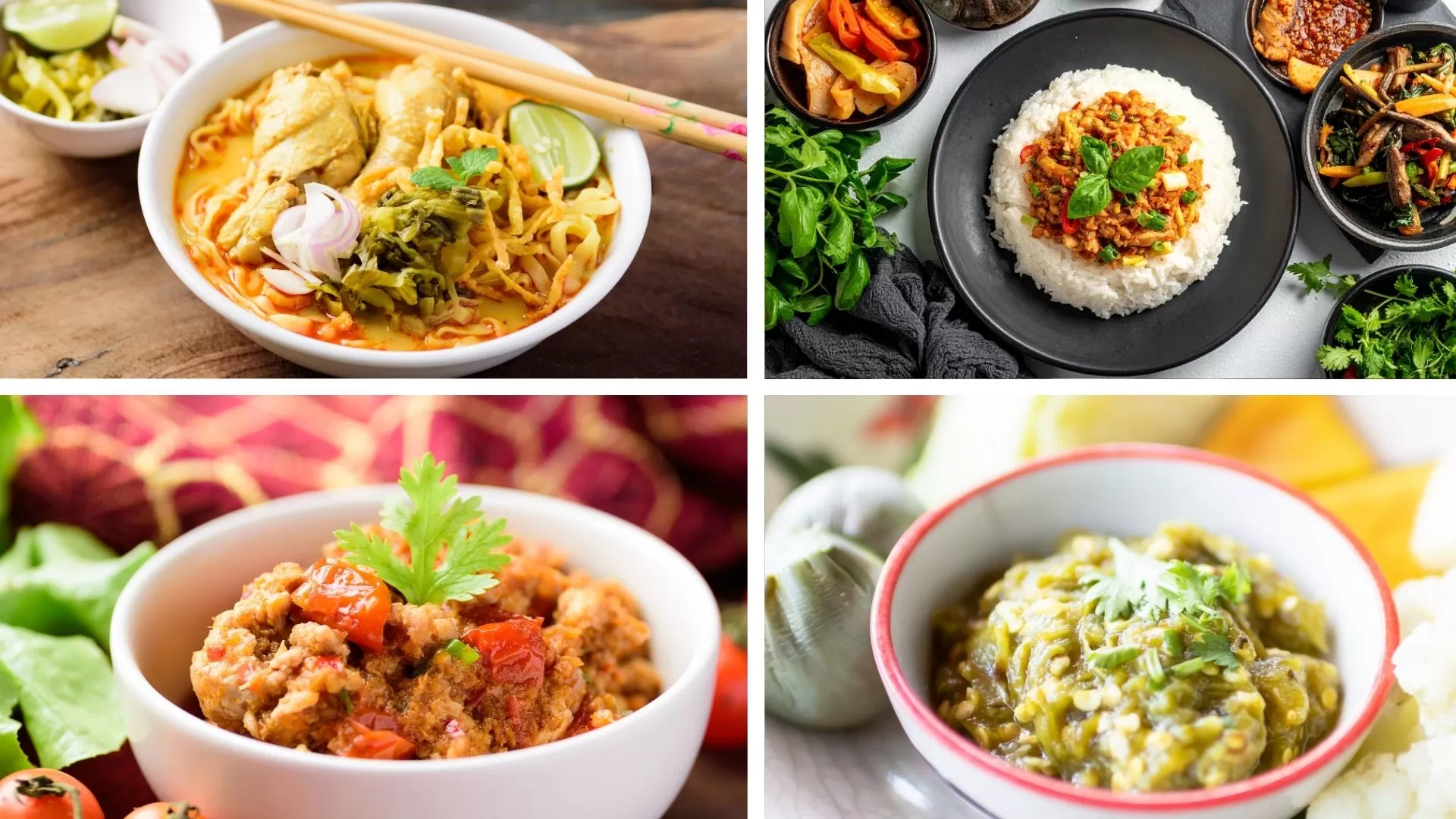 |
|
Northern Thai cuisine is heavily influenced by the ancient Lanna Kingdom as well as neighboring Myanmar and Laos. The dishes are usually less spicy than those in the South, focusing instead on rich herbs, mild chili and slow-cooked flavors.
Food in North Thailand often reflects a communal style of eating, with shared platters and earthy flavors that connect travelers to the local lifestyle and traditions.
South Thailand dishes
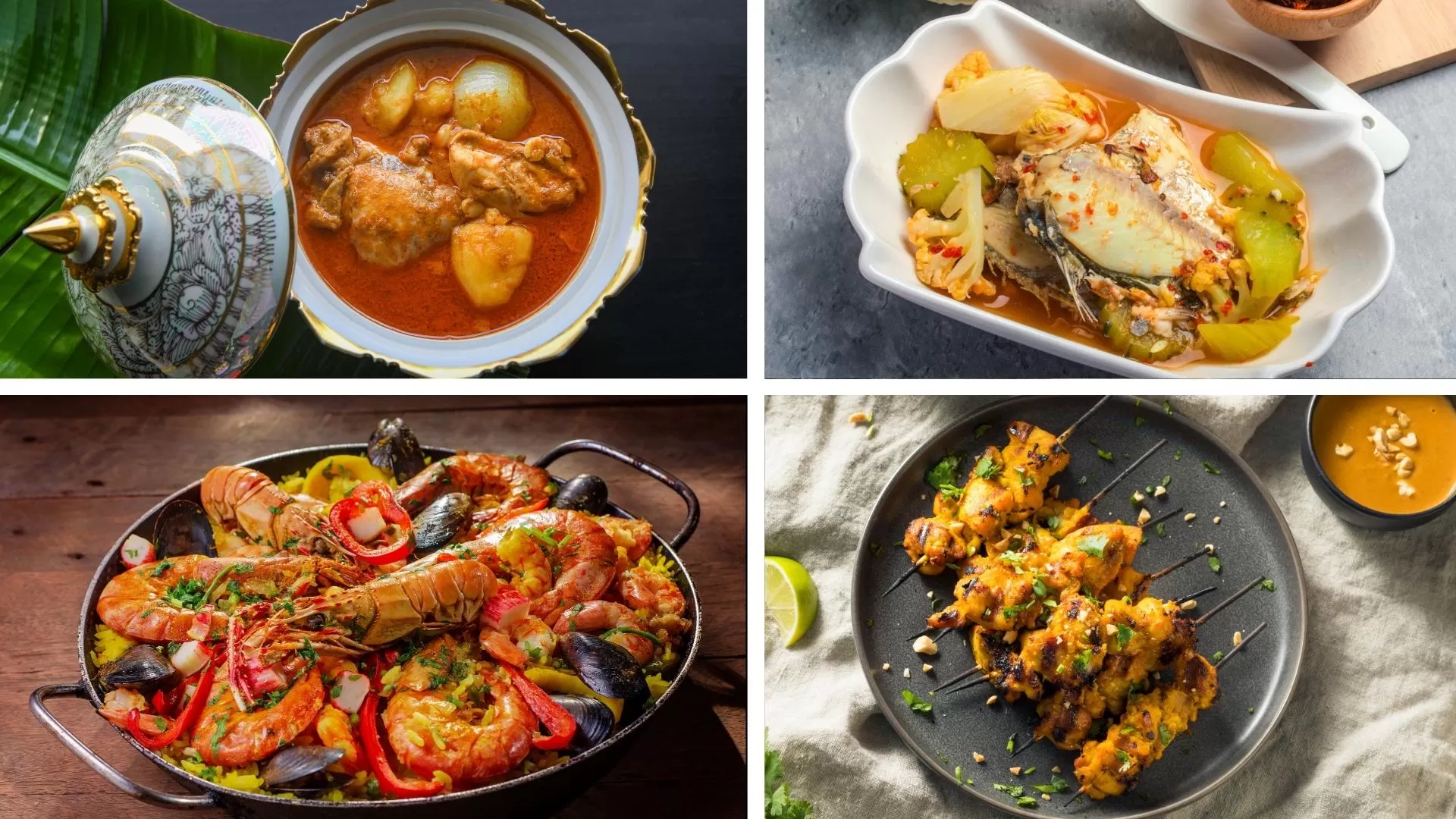 |
|
In contrast, food in South Thailand is bolder, spicier and strongly influenced by the region’s Islamic culture and proximity to the sea. Coconut milk, turmeric and fresh seafood dominate most recipes, creating dishes with intense and unforgettable flavors.
South Thailand dishes are a paradise for spice lovers and seafood enthusiasts, offering vibrant meals that perfectly match the tropical beach atmosphere.
Travel costs in North vs South Thailand
Comparing North vs South Thailand, the overall travel costs can vary significantly depending on where you go and the type of experience you seek. While travel costs in North Thailand are generally lower, the South offers a wider range of options, from budget hostels to luxury beach resorts.
Travel costs in North Thailand
Northern Thailand, home to cities like Chiang Mai, Pai and Chiang Rai, is known as a budget-friendly destination. Daily expenses here are often much lower than in the South, making it a favorite among backpackers and long-term travelers.
Accommodation – Budget hostels start from $13–30 per night, while boutique hotels or resorts may cost $40–80.
Food – Street food and local restaurants are very affordable, with meals costing around $2–4. A nicer sit-down meal may be $10–15.
Transportation – Local songthaews (shared taxis) and motorbike rentals ($6–10 per day) are popular, keeping travel cheap and convenient.
Activities – Trekking tours, temple visits and cultural experiences are usually budget-friendly, ranging from $20–50 per day.
Overall, travel costs in North Thailand are ideal for those seeking value, cultural immersion and extended stays without breaking the bank.
Travel costs in South Thailand
In contrast, travel costs in South Thailand can be much higher, especially in popular beach destinations like Phuket, Koh Samui and Koh Phi Phi. Prices are influenced by tourism demand, island logistics and the prevalence of luxury resorts.
Accommodation – Hostels and guesthouses start from $8–40 per night, while beachfront resorts can range from $80–300+ and even reach $500+ for luxury options in peak season.
Food – Street food is still available for $3–7, but many restaurants and international dining options are more expensive, averaging $10–25 per meal.
Transportation – Ferries between islands can cost from $5–15 for short routes and up to $30–80 for popular fast ferry routes like Phuket to Koh Phi Phi. Taxis are generally more expensive compared to the North.
Activities – Diving, island-hopping tours and water sports can add up quickly, often ranging from $20–150 per day, depending on the type of activity.
Travel costs in South Thailand make it more suitable for short vacations, honeymooners, or travelers looking for luxury and beachside comfort.
North vs South Thailand: Which is more budget-friendly?
|
North vs South Thailand: Quick comparison
North Thailand | South Thailand | |
Best time to visit | Nov – Feb (cool, dry, 15–28°C) | West Coast: Dec – Apr (sunny, calm seas) East Coast: Jan – Aug (mostly sunny) |
Landscape & nature | Mountains, jungles, rice terraces, waterfalls | Beaches, islands, coral reefs, limestone cliffs |
Top things to see | Chiang Mai temples, Chiang Rai (White & Blue Temple), Pai landscapes, hill tribe villages | Phuket, Krabi, Koh Samui, Koh Tao, Phi Phi Islands, Phang Nga Bay |
Festivals | Yi Peng Lantern Festival (Nov), Songkran (Apr), Flower Festival (Feb) | Full Moon Party (monthly, Koh Phangan), Loy Krathong (Nov), Songkran (Apr) |
Food & culinary | Mild, herb-based dishes like Khao Soi, Sai Oua (spicy sausage), sticky rice | Spicy curries, rich coconut flavors, seafood, southern specialties like Gaeng Som |
Travel costs | Travelers spend around $60–80 per day in Northern Thailand | Around $80–120 per day in Southern Thailand |
Transportation | Cheap & easy: songthaews, motorbike rentals $7–12/day | More costly: ferries $10–30, flights to islands, taxis expensive |
Who it suits | Backpackers, cultural travelers, adventurers, digital nomads | Beach lovers, honeymooners, luxury seekers, party travelers |
FAQs: North vs South Thailand
- What is the main difference between North and South Thailand?
The biggest difference lies in the landscape and experience. North Thailand is known for its mountains, temples and cultural heritage, while South Thailand offers beaches, islands and ocean adventures.
- Which is cheaper: North or South Thailand?
North Thailand is generally more budget-friendly. Accommodation, food and activities cost significantly less than in the South, where beach resorts and island transfers can be more expensive.
- When is the best time to visit North vs South Thailand?
North Thailand: November to February (cool and dry - great for outdoor activities and festivals).
South Thailand: December to April (west coast) and January to August (east coast) - perfect for sunny beach days.
- What are the top things to do in North Thailand?
Visit temples in Chiang Mai and Chiang Rai, trek through mountain villages, explore waterfalls and enjoy night markets or traditional festivals like Yi Peng.
- What are the top things to do in South Thailand?
Relax on Phuket or Krabi beaches, go island-hopping around Phi Phi or Koh Samui, try diving or snorkeling and enjoy vibrant nightlife in Koh Phangan or Patong.
- Which is better for first-time travelers to Thailand?
If you love culture, temples and local experiences, start with North Thailand. If you prefer beaches, parties and sea views, South Thailand will be more exciting.
- Can I visit both North and South Thailand in one trip?
Dream about your trip to Asia, in private
We are here to make it happen with youFREE QUOTE, WITHOUT OBLIGATION







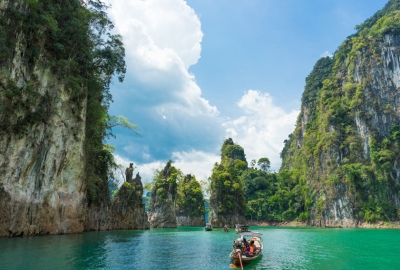
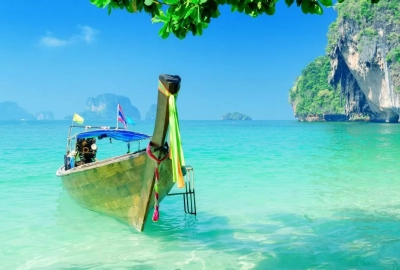
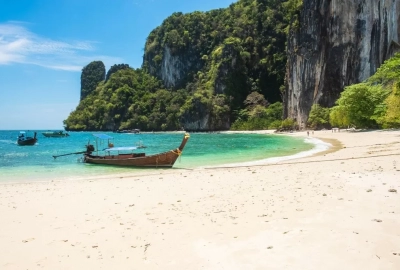
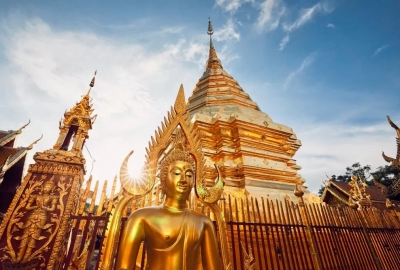
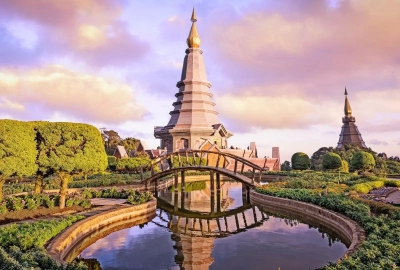
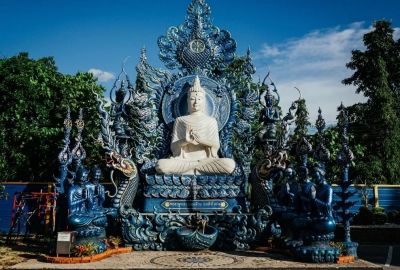
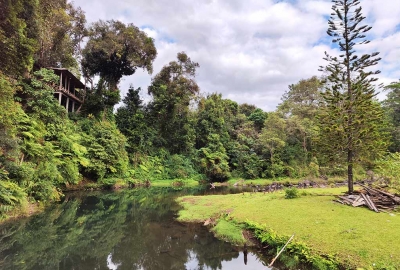
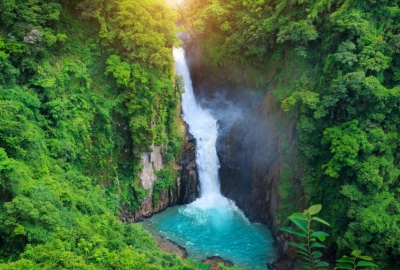
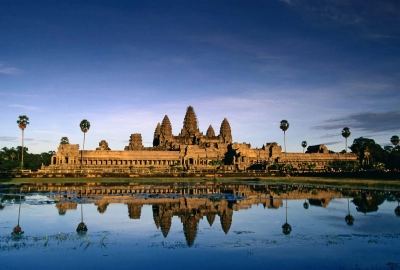
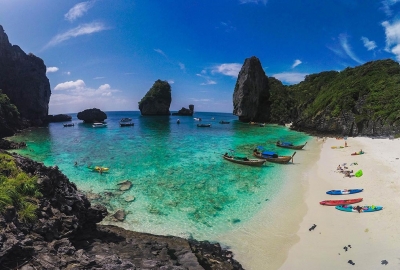
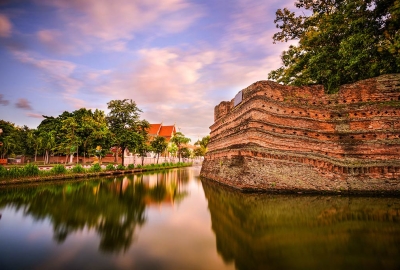
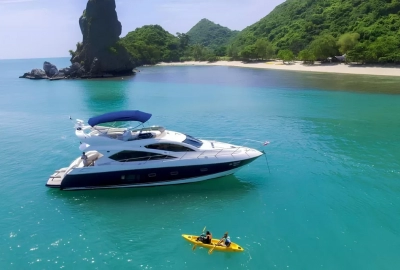
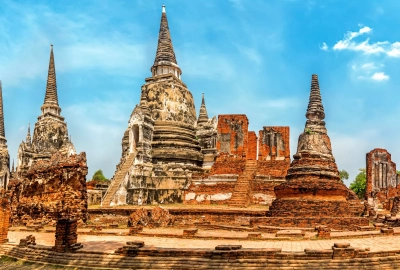
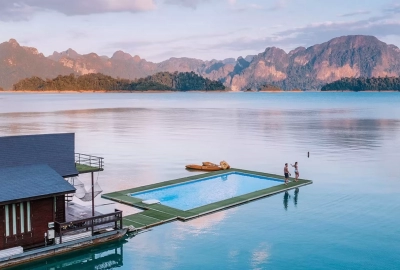
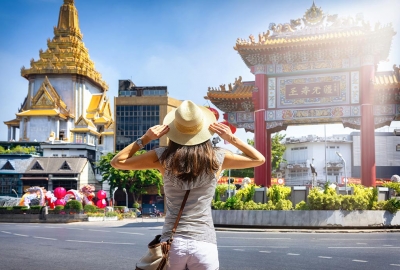
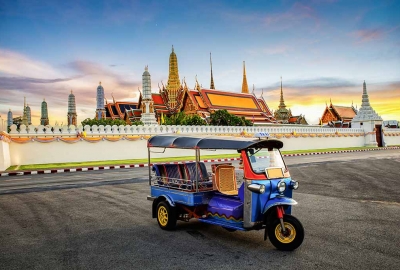
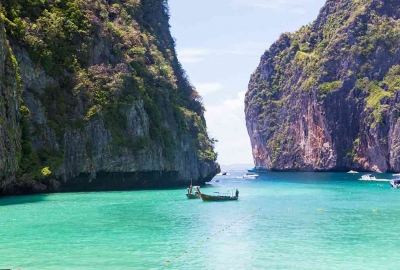
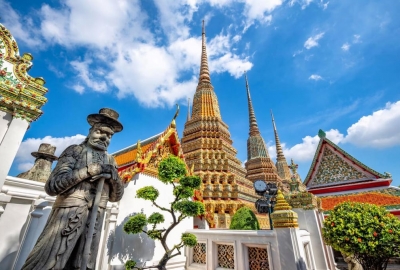
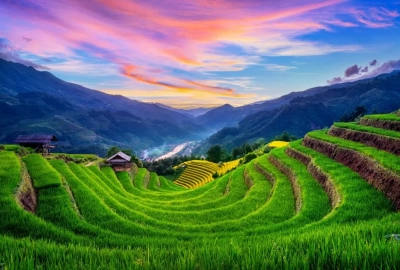
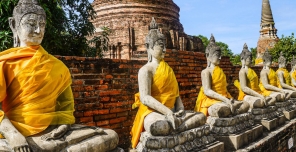
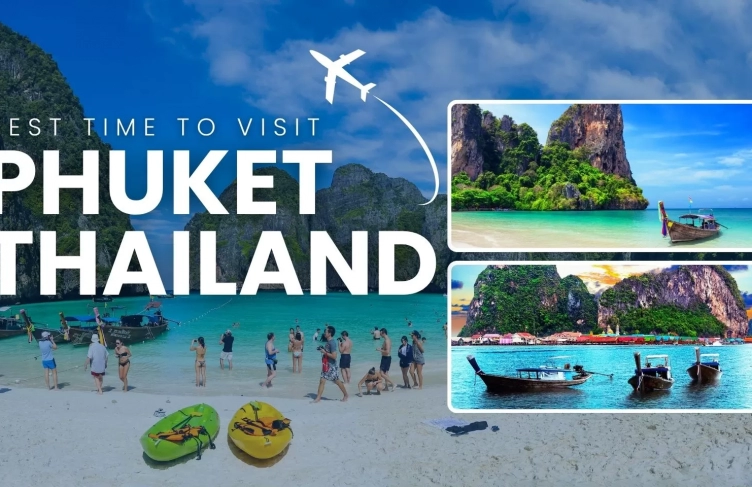
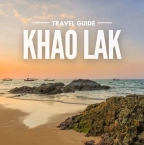
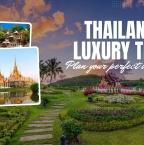
.webp)